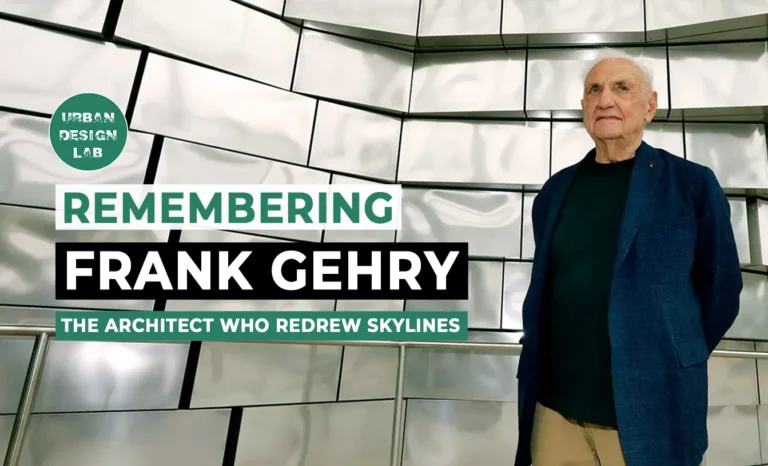
Kim Dovey: Leading Theories on Informal Cities and Urban Assemblage
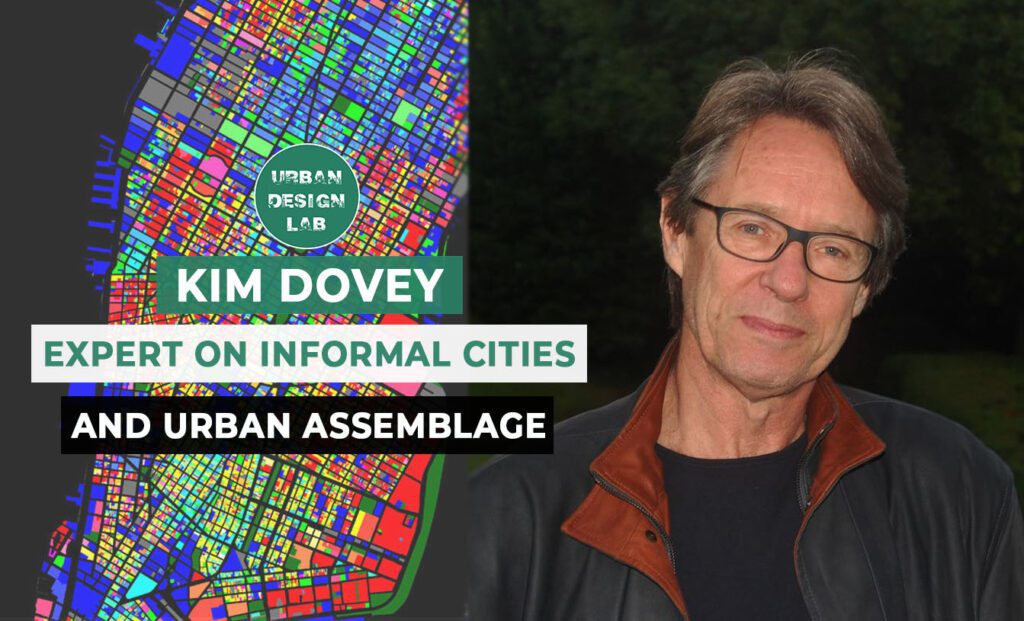
Kim Dovey, Professor of Architecture and Urban Design at the Melbourne University, is the most influential urban theorist of his generation. His writing can be read as a persistent and profoundly human quest to understand how cities are actually constructed, especially by those who live at their margins. Beyond the sterile plans of the master plan, Dovey has introduced the world to a new vocabulary with which to perceive and appreciate the dense, rich, emergent, and often-resistant energy of urban life. By promoting the use of assemblage theory and applying it with profound sympathy to the critique of informal settlements, he has not only reshaped the discipline of urban design but has also given intellectual voice and authority to the millions of anonymous city-makers who build our world from the ground up.
The Observer: An Introduction to the Man and His Mission
To get to know the work of Kim Dovey is to learn to look at the city anew. It is to stroll along a busy street and perceive not only buildings and humans, but an active web of forces, wants, and bargains. His body of work has been fueled by a basic curiosity regarding the difference between the city that exists on paper and the city that exists in life.
- Why do people gather here rather than there?
- How does the layout of a public square quietly exert control?
- How do informal communities succeed in creating complex, functional, and socially dense environments?
These are not theoretical questions for Dovey. These are questions to the soul of urban justice, fairness, and human imagination. His passion has been to craft the intellectual tools to tackle these questions authentically. He is a critic who will not be satisfied with the official version but, rather, will uncover the layers of formal planning to reveal the messier, more complicated, and ultimately more fascinating realities of how places are made.
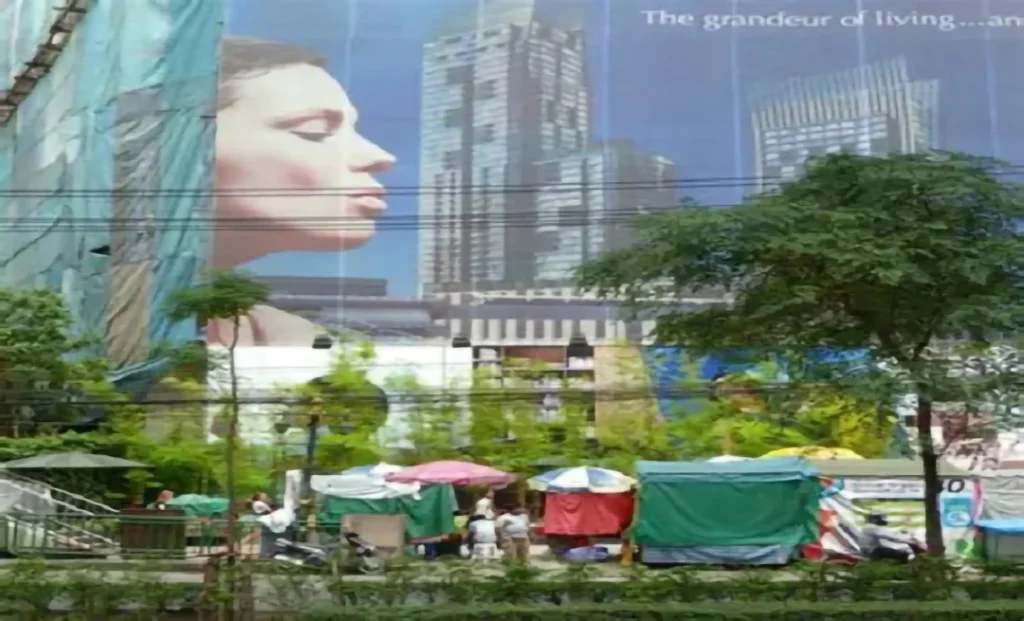
Intellectual Foundations: From Place-Making to Power
Kim Dovey’s odyssey didn’t start in the sprawling disarray of spontaneous settlements, but with a specific investigation into what constitutes “place.” In his seminal work, Framing Places: Mediating Power in Built Form (2005), he set out the overall thesis that would inform all his subsequent work: the built environment is never a neutral plane. Architecture and Urban Design are expressions of power. They “frame” our lives by excluding and including, by making some things possible and others impossible.
This early work gave him a critical eye to everything from the symbolism of corporate towers to the subtle politics of a suburban house. He was drawn to the ways in which places become imbued with meaning and how this meaning is most often fought over. This foundation in the interplay between form, power, and human experience provided his work with a distinctive sensibility. He knew that in order to really know a place, one must comprehend the forces—visible and invisible—that were continually remaking it.
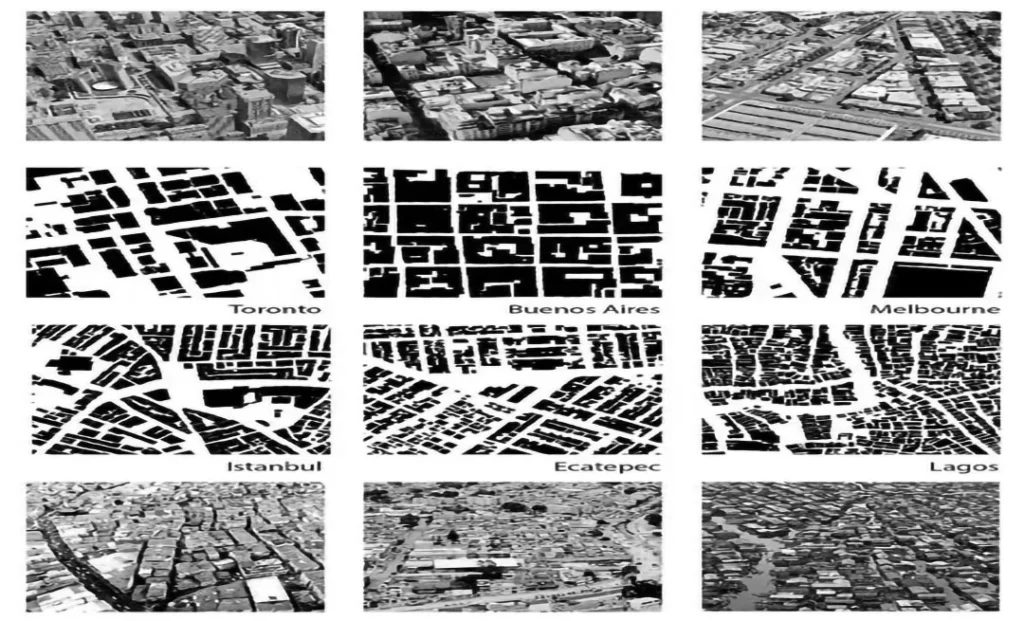
Source: Website Link
The Theoretical Leap: Discovering the Assemblage
As his questions became more probing, Dovey discovered that conventional ideas about “place” were too fixed to accommodate the dynamic, constantly shifting quality of the city. He required something capable of thinking in terms of process, relations, and flows. He discovered it in assemblage theory, a rich philosophical concept that Deleuze and Félix Guattari built.
This was a turning point in intellectual understanding for Dovey. An assemblage, he understood, was the ideal term for the city. It enabled him to perceive an urban neighborhood not as a completed object, but as a provisional settling of a vast number of interacting components:
- The physical elements: The buildings, the streets, the infrastructure, the bodies.
- The social aspects: The economic transactions, the networks of the community, the family bonds.
- The expressive elements: The legislation, the media reportages, the recollections, the longings.
The city, in this way, ceased to be a noun and instead became a verb. This theoretical movement provided Dovey with an entirely new vocabulary in which to explain the dynamism he had always witnessed on the ground, and it would become the sign method that he would utilize to unlock the secrets of the informal city.
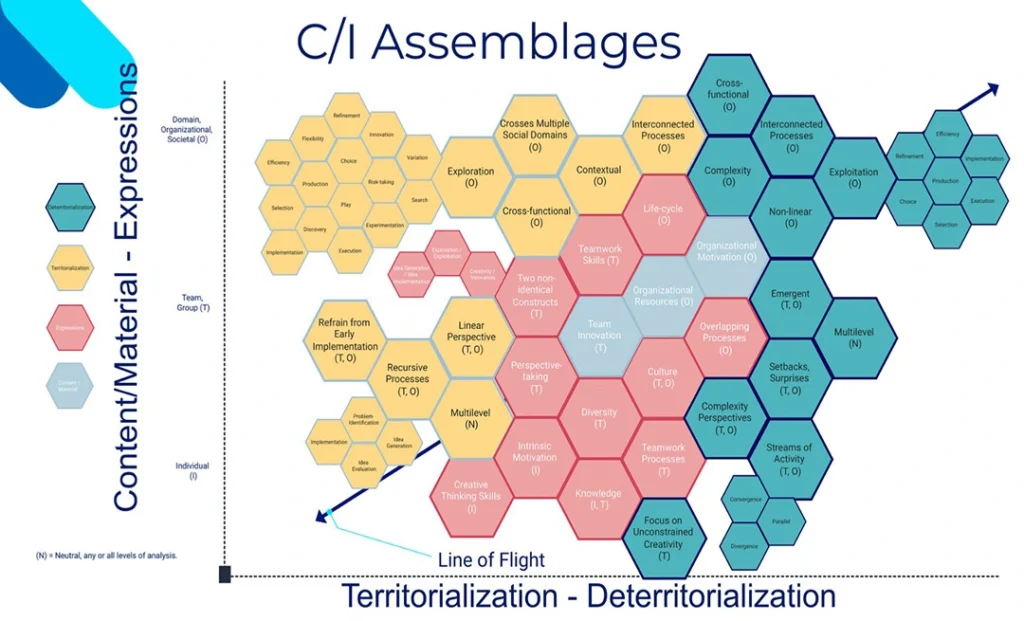
The Focus on Informality: Giving Voice to the Emergent City
Equipped with the idea of the urban assemblage, Kim Dovey set his sights on the topic that would become his most important contribution: informal urbanism. Formal planning has for centuries rejected informal settlements—slums, favelas, kampungs—as disorderly, pathological, and illegal.
Dovey’s work did a radical flipping on its head. Through his lens of assemblage, he viewed these settlements and not chaos, but another, more intricate sort of order. He noticed:
- Emergent Order: A complex web of trails trodden into the earth by feet, not plotted by a planner. Houses constructed room by room as a household tightens its belt. It was not an absence of order, but one that emerged from the bottom up.
- The Poor People’s Agency: He brought the inhabitants of these communities to life, reimagining them from passive victims to active, productive city-makers.
- A Politics of Place: Dovey never sentimentalized informality. His work illustrates how these settlements are political aggregates, subject to a perpetual, asymmetrical negotiation with the force of the formal state.
Through his careful, compassionate research, Dovey instructed the world to look at the “slum” not as a curse, but as proof of the resourcefulness and artfulness of the human spirit.
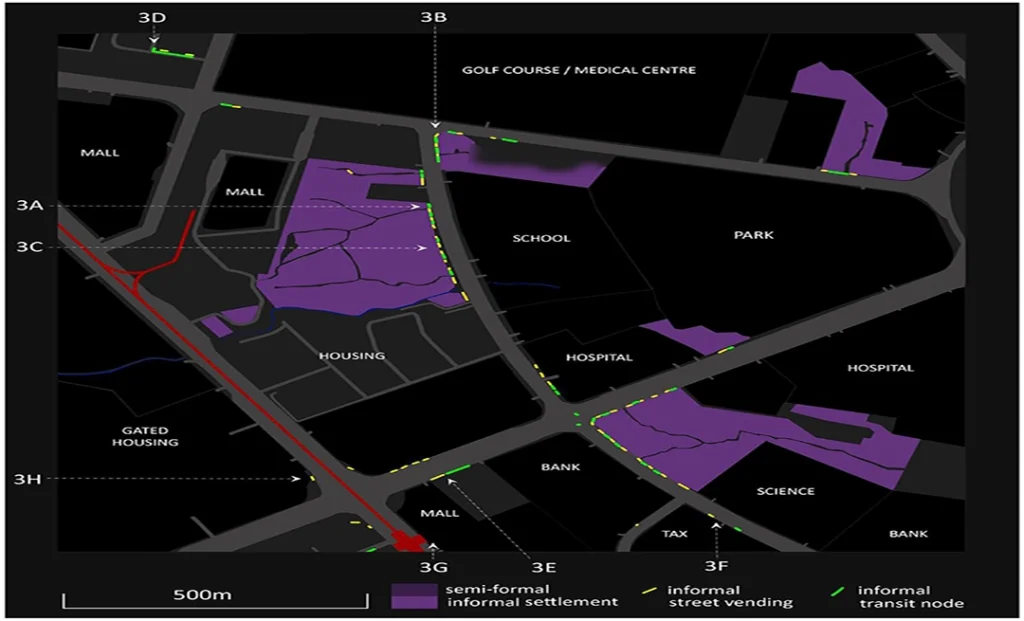
Legacy and Influence: A New Generation of Urbanists
Kim Dovey’s influence goes far beyond his own work. As a mentor and educator, he has taught a generation of scholars and students to consider urban design with greater social conscience and critical sensitivity. His work has gone some way to altering the profession’s own image away from the heroic “master-planner” towards a more subtle role as an “urban catalyst” or “enabler.” The aim is no longer to impose a unified vision, but to grasp the dynamics of a place that already exist and to collaborate to create more equitable and resilient outcomes. He has given the theoretical foundation to what most community-oriented designers knew on an intuitive level: that the most effective work is listening and empowering the ones who live in a place.
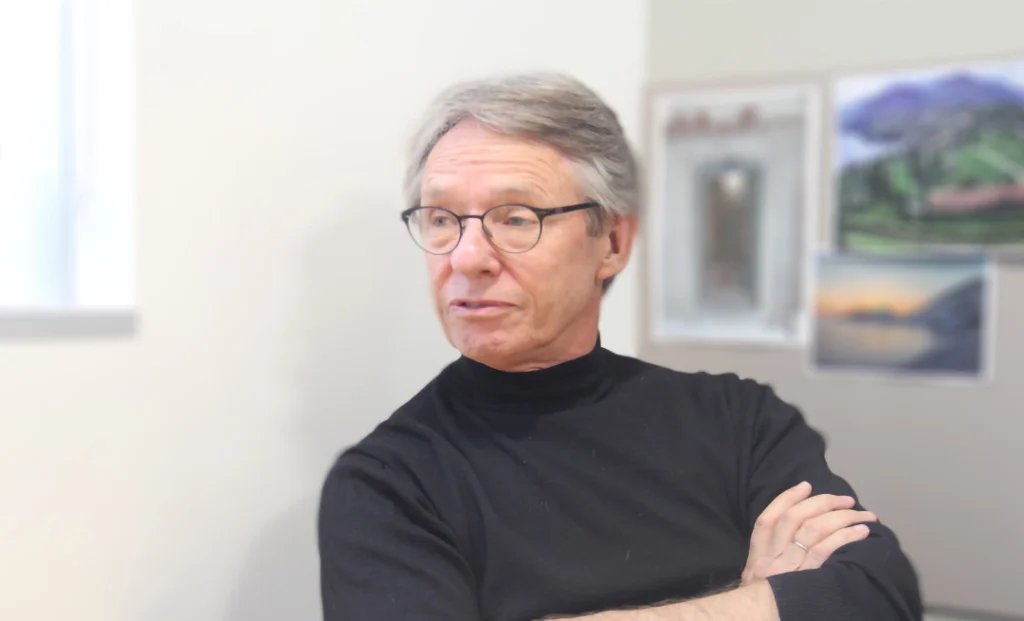
Key Publications
- Framing Places: Mediating Power in Built Form (2005)
- Becoming Places: Urbanism/Architecture/Identity/Power (2009)
- Urban Design Thinking: A Conceptual Toolkit (2016)
- Mapping Urbanities: Morphologies, Flows, Possibilities (2021)
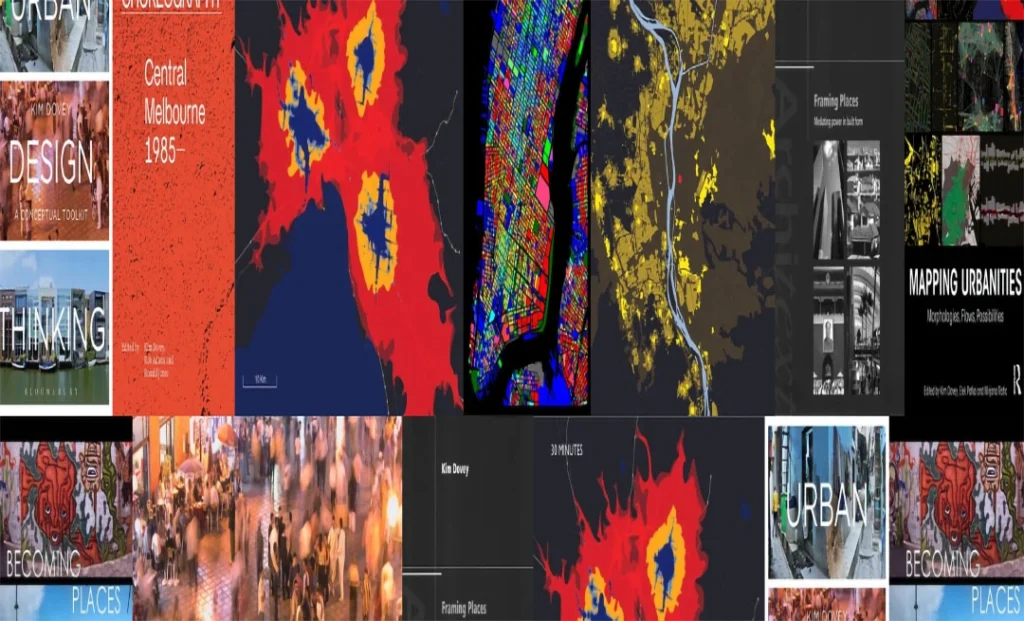
-1
-1
-1
-1
Conclusion
The lifetime’s work of Kim Dovey is a strong reminder that our cities are, at their heart, human. They are the result of numerous dreams, battles, and negotiations. His worthy contribution has been to leave us a template that does justice to this complexity. He has provided us with a means of viewing the city not only as a physical entity, but as a constant, political, and social process. In a world confronted by unprecedented urbanization and inequality, Kim Dovey’s invitation to look beyond the official maps, to hear the marginal voices, and to listen to the emergent wisdom of the lived city has never been more necessary.
References
- DeLanda, M. (2006). A new philosophy of society: Assemblage theory and social complexity. Continuum.
- Deleuze, G., & Guattari, F. (1987). A thousand plateaus: Capitalism and schizophrenia (B. Massumi, Trans.). University of Minnesota Press.
- Dovey, K. (2008). Framing places: Mediating power in built form (2nd ed.). Routledge.
- Dovey, K. (2010). Becoming places: Urbanism/architecture/identity/power. Routledge.
- Dovey, K. (2013). Informal settlement and complex adaptive systems. In I. M. Inam (Ed.), Planning for complexity: A new look at urban development (pp. 115-131). Routledge.
- Dovey, K. (2016). Urban design thinking: A conceptual toolkit. Bloomsbury Academic.
- Dovey, K. (2021). Mapping urbanities: Morphologies, flows, possibilities. Bloomsbury Academic.
- Dovey, K., & King, R. (2011). Informal urbanism and the taste for slums. Tourism Geographies, 13(2), 275–293. https://doi.org/10.1080/14616688.2011.553934
- McFarlane, C. (2011). The city as assemblage: Dwelling, relating, assembling. Environment and Planning D: Society and Space, 29(4), 649–668. https://doi.org/10.1068/d41810

Sauhard Kukreti
About the Author
Sauhard Kukreti is an architect currently advancing their expertise through a Master’s degree in Planning, specializing in Regional Planning. Their academic and professional interests are deeply rooted in regional planning and development policies, with a focus on sustainable and efficient regional transportation and rural development. They are also keenly interested in the natural environment and its conservation, addressing climate change impacts and mitigation strategies. Furthermore, Sauhard Kukreti explores the integration of artificial intelligence and machine learning to innovate within the field of regional planning.
Related articles

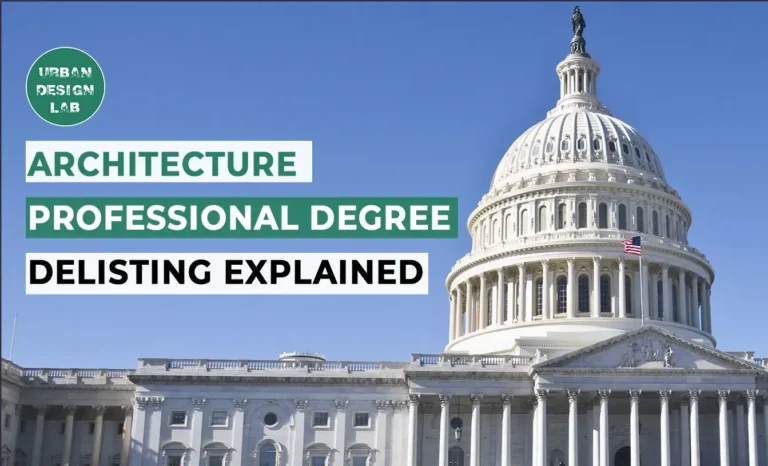
Architecture Professional Degree Delisting: Explained
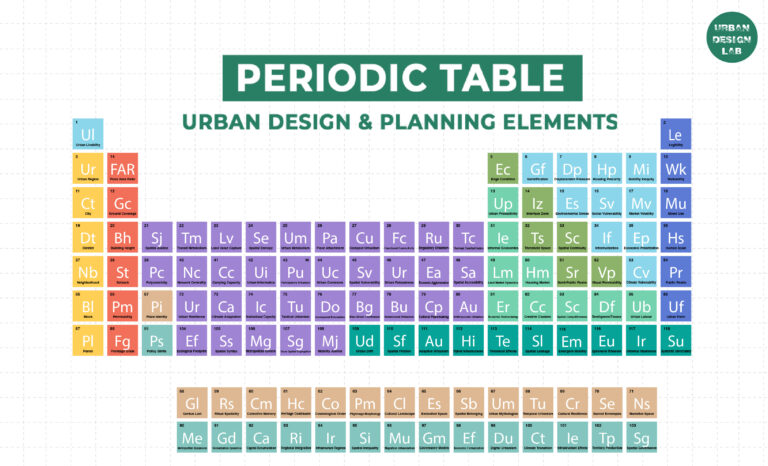
Periodic Table for Urban Design and Planning Elements
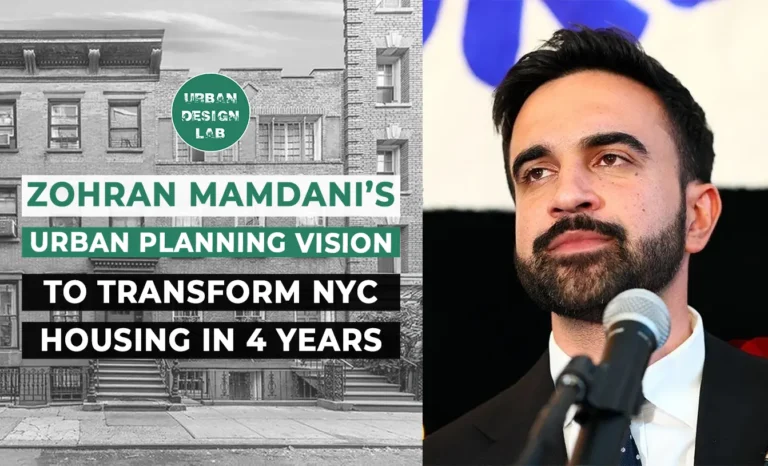
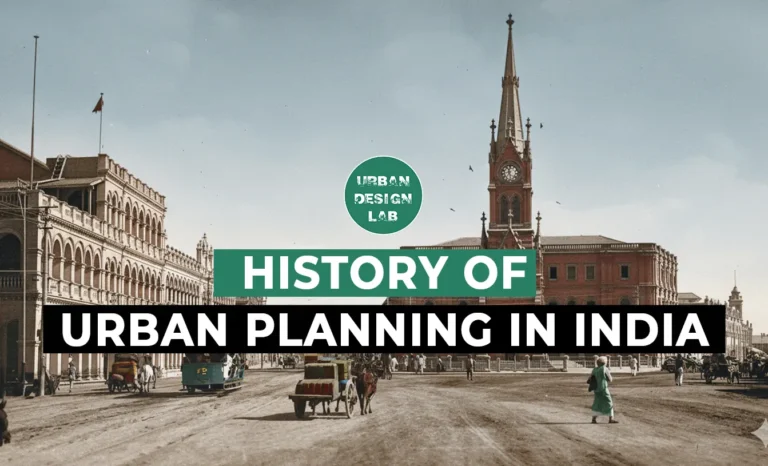
History of Urban Planning in India
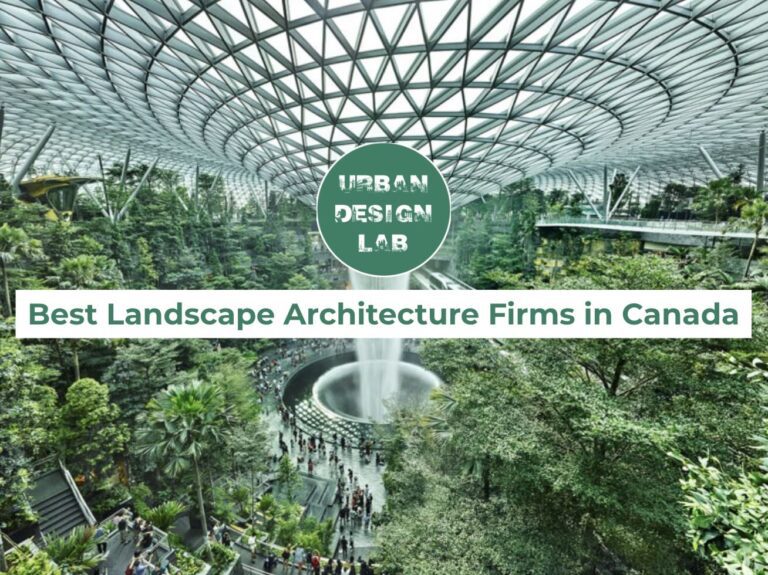
Best Landscape Architecture Firms in Canada
UDL GIS
Masterclass
Gis Made Easy- Learn to Map, Analyse and Transform Urban Futures
Session Dates
15th-19th December 2025

Urban Design Lab
Be the part of our Network
Stay updated on workshops, design tools, and calls for collaboration
Curating the best graduate thesis project globally!
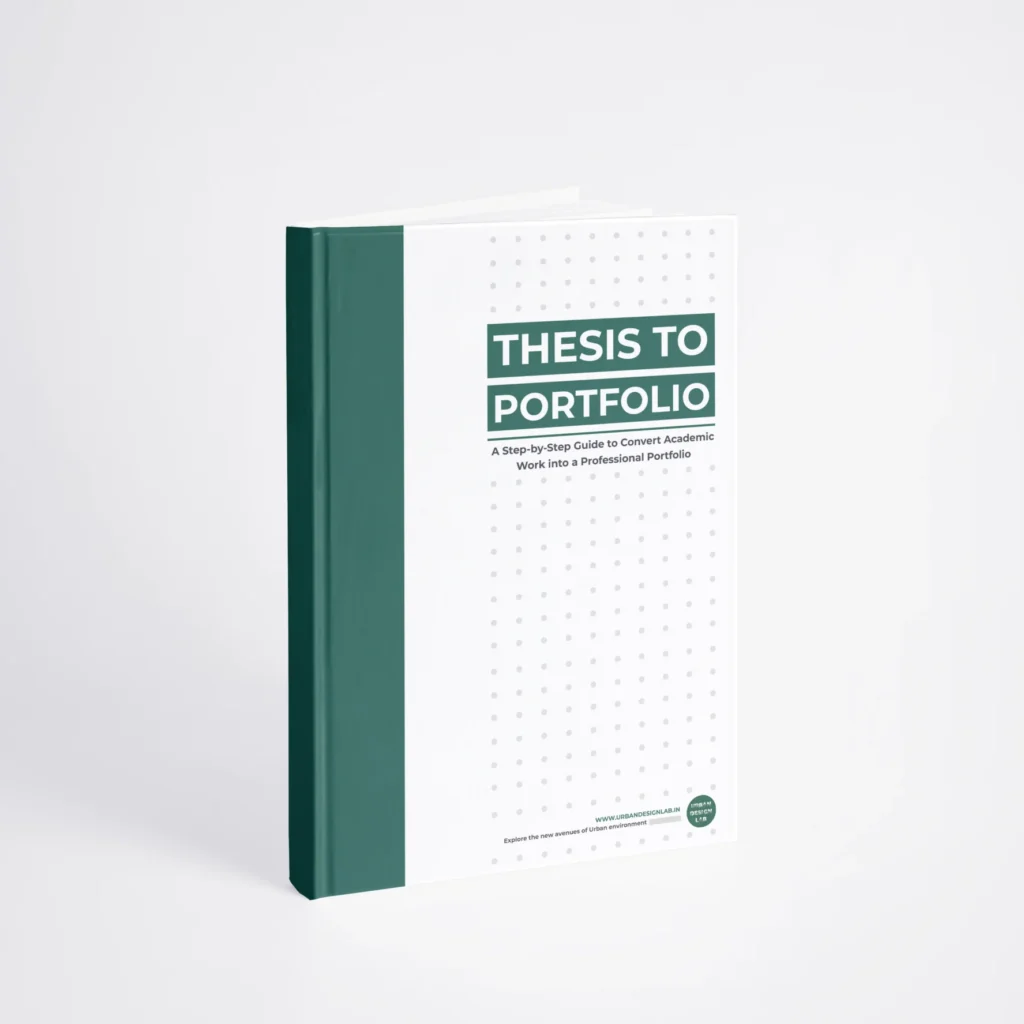
Free E-Book
From thesis to Portfolio
A Guide to Convert Academic Work into a Professional Portfolio”
Recent Posts
- Article Posted:
- Article Posted:
- Article Posted:
- Article Posted:
- Article Posted:
- Article Posted:
- Article Posted:
- Article Posted:
- Article Posted:
- Article Posted:
- Article Posted:
- Article Posted:
- Article Posted:
Sign up for our Newsletter
“Let’s explore the new avenues of Urban environment together “
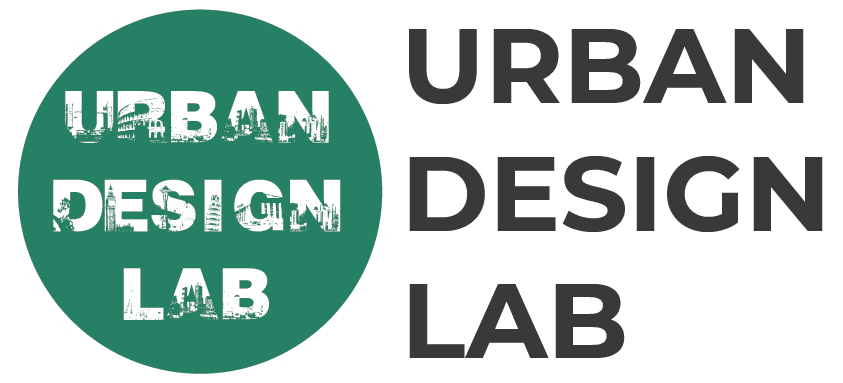
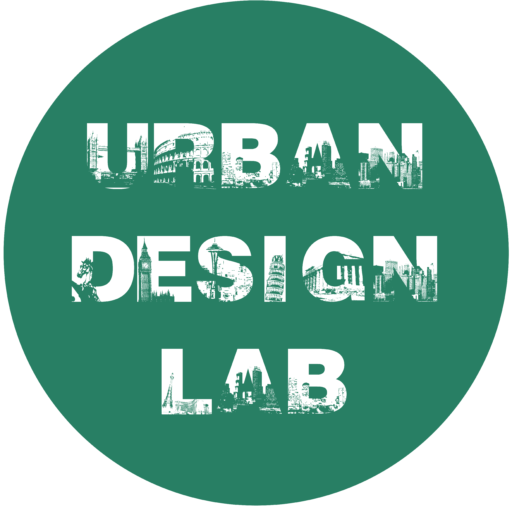
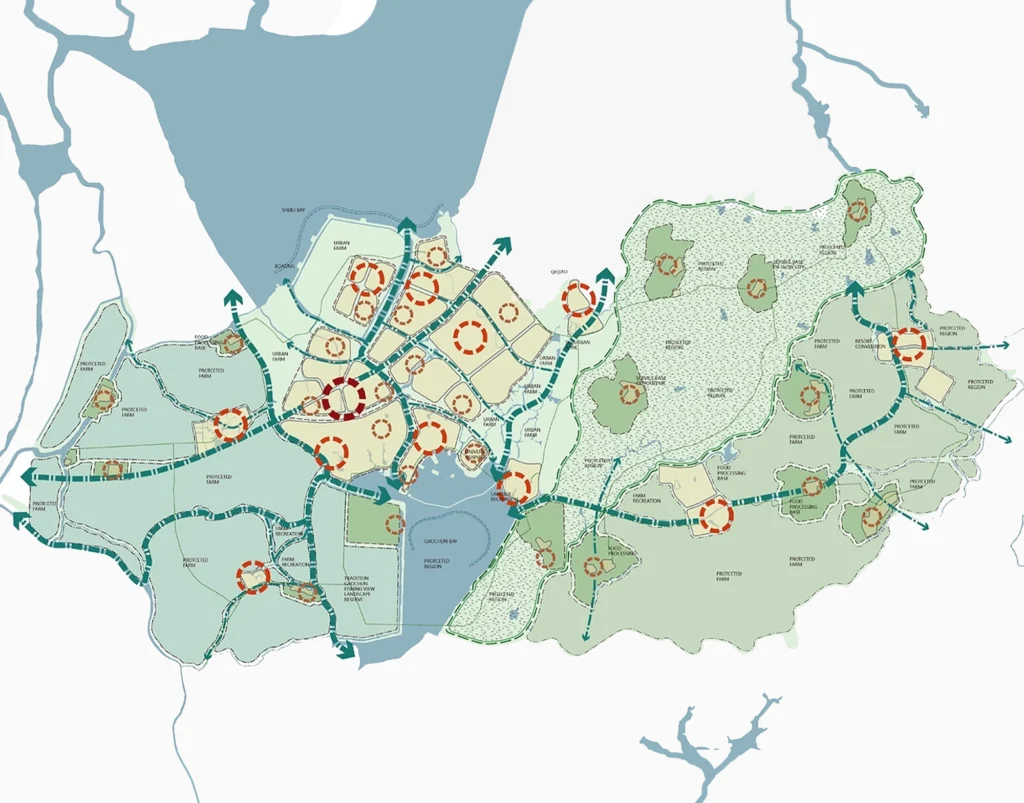
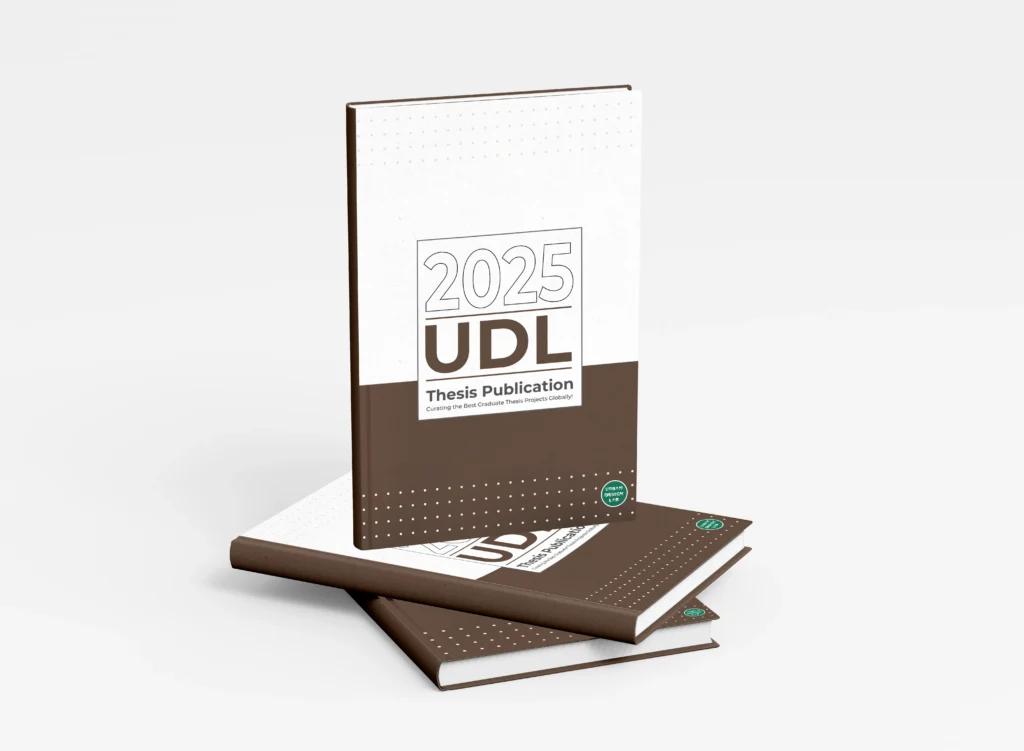
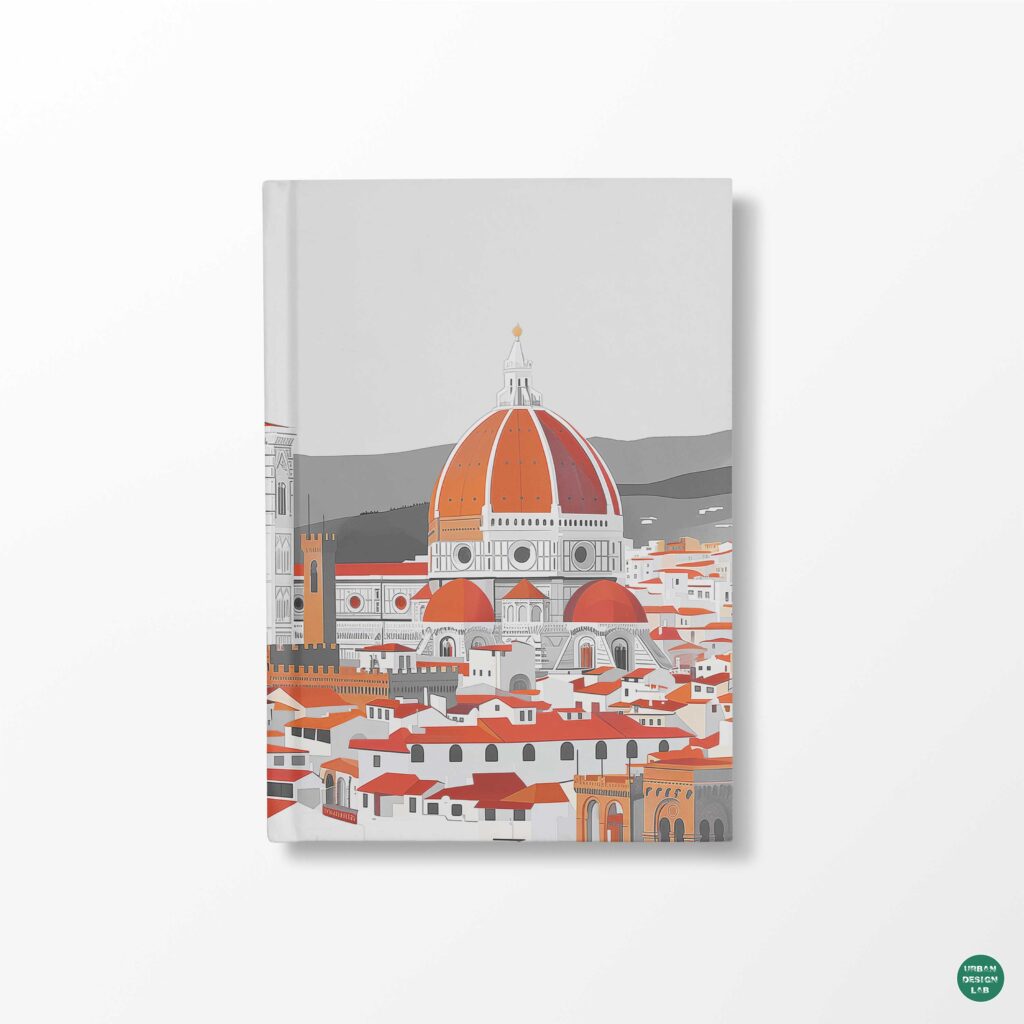
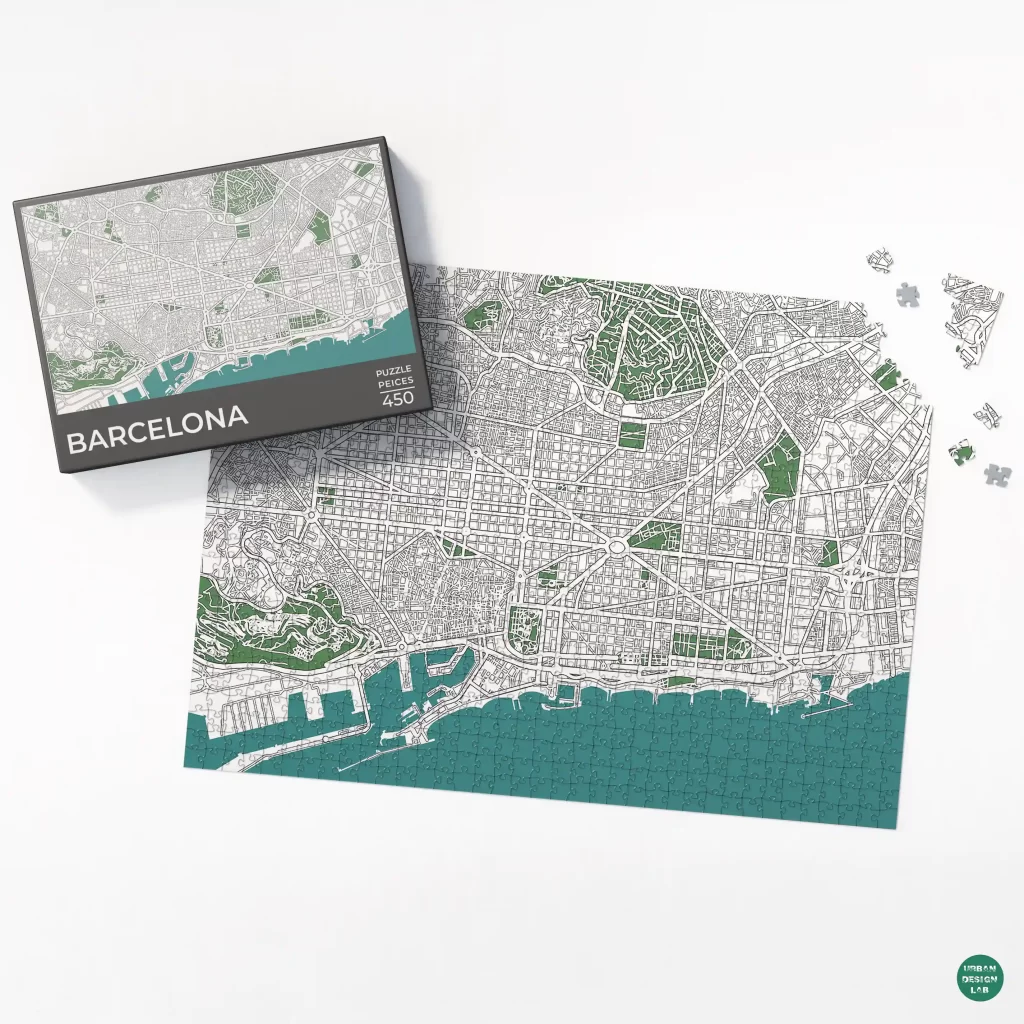

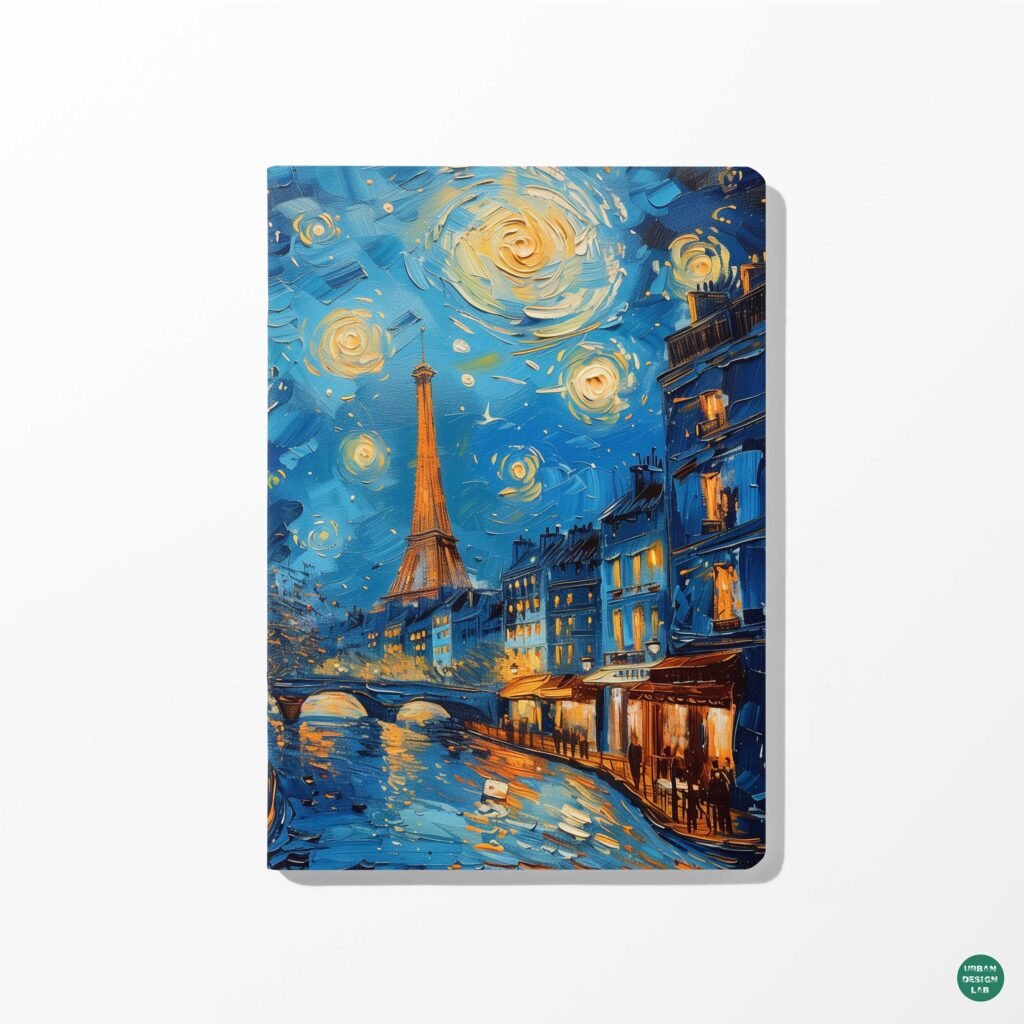
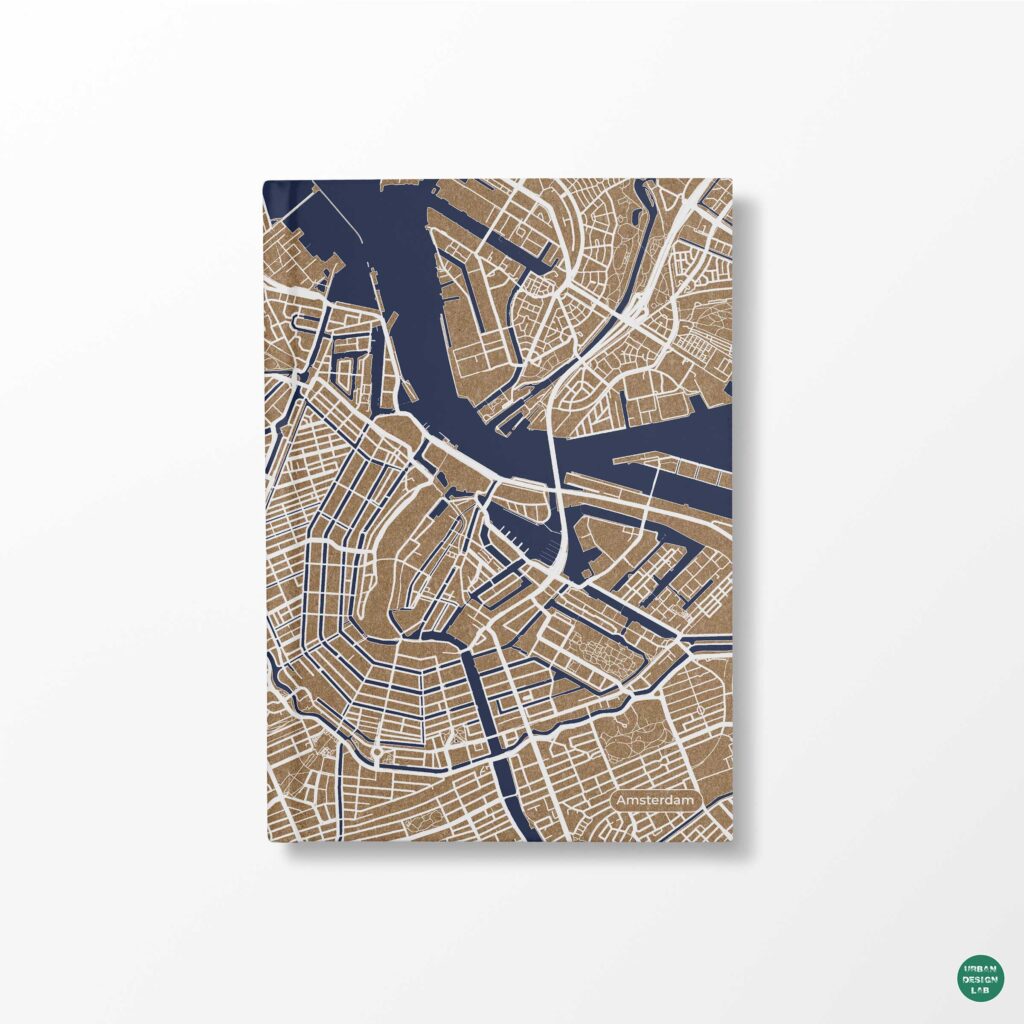
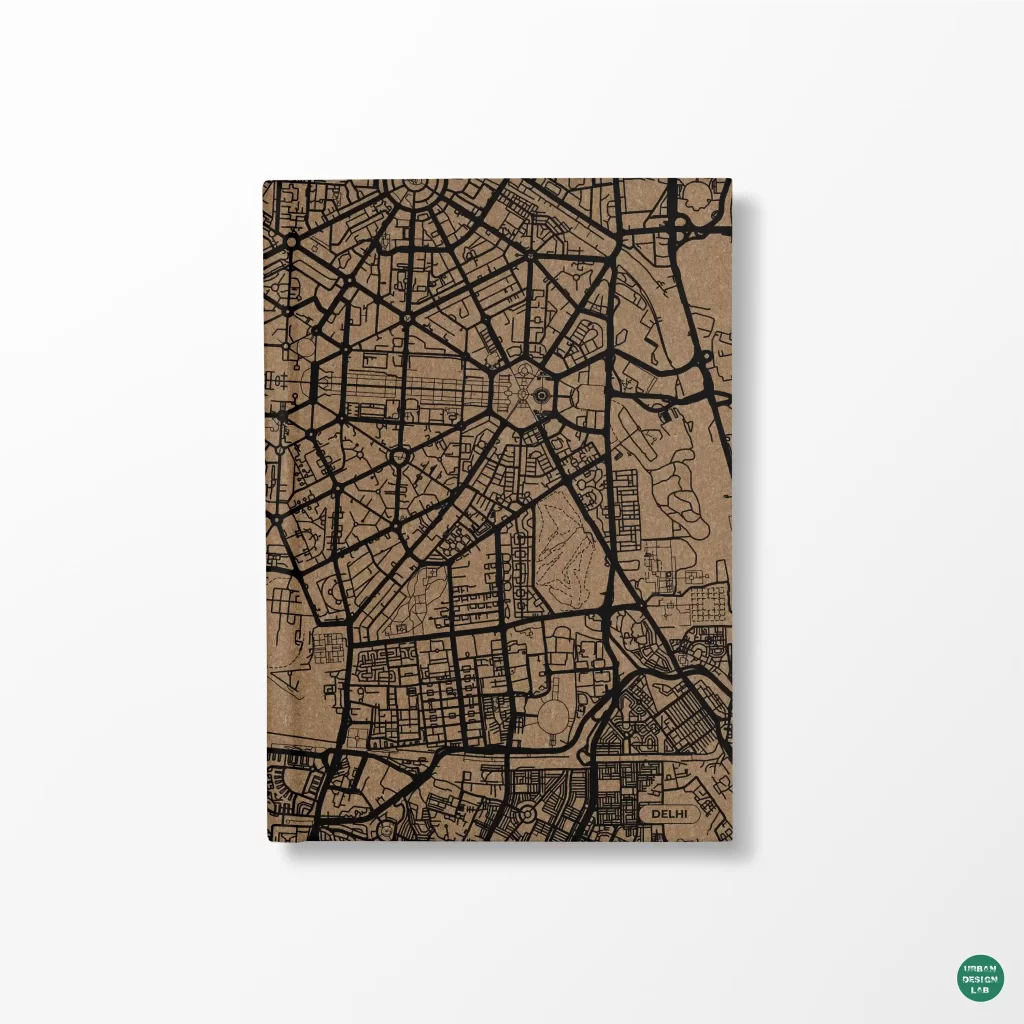
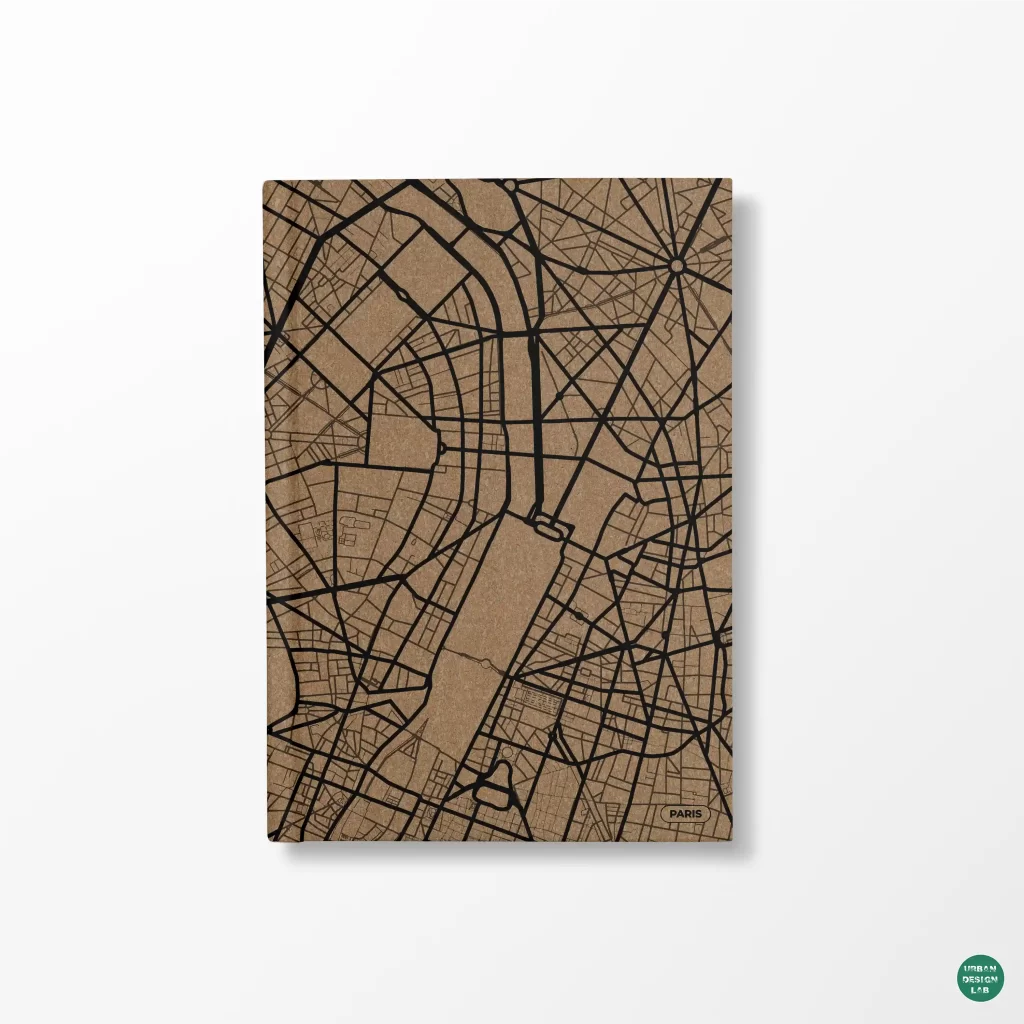
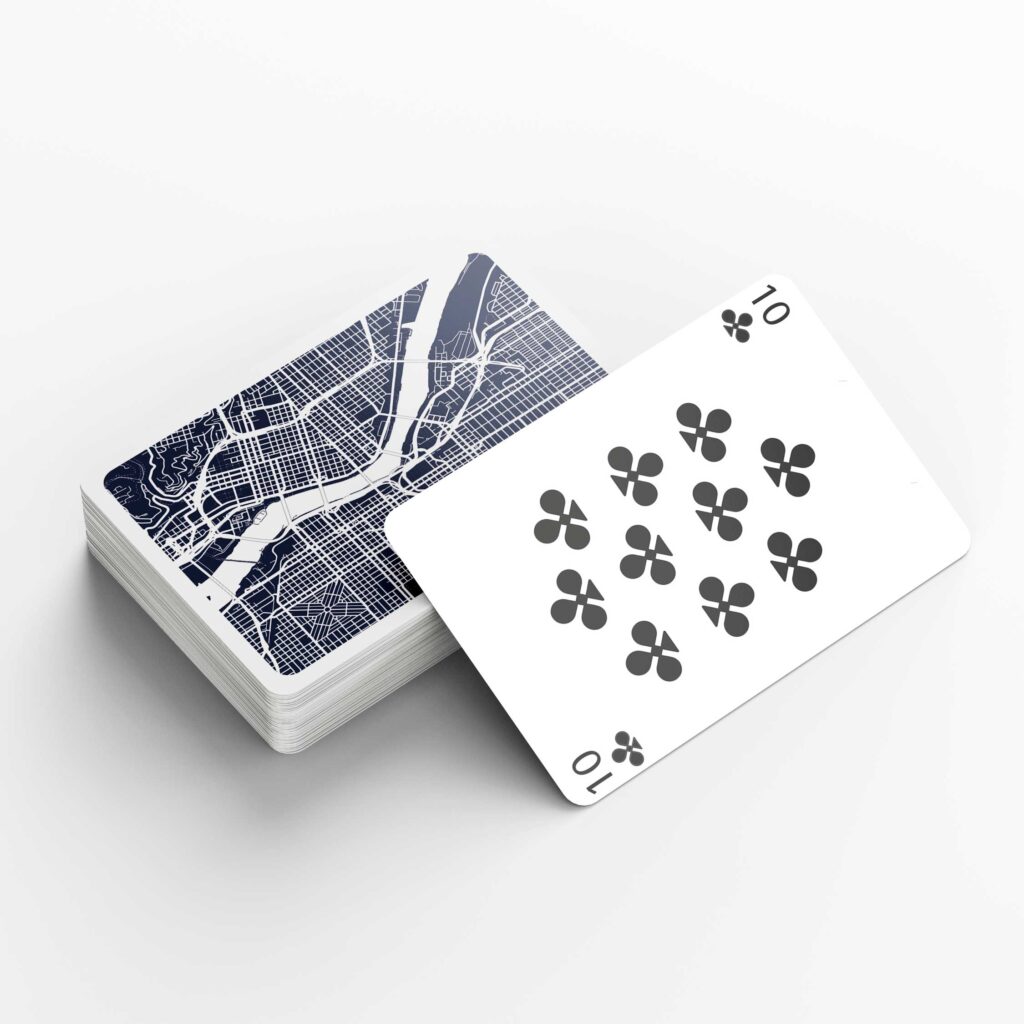
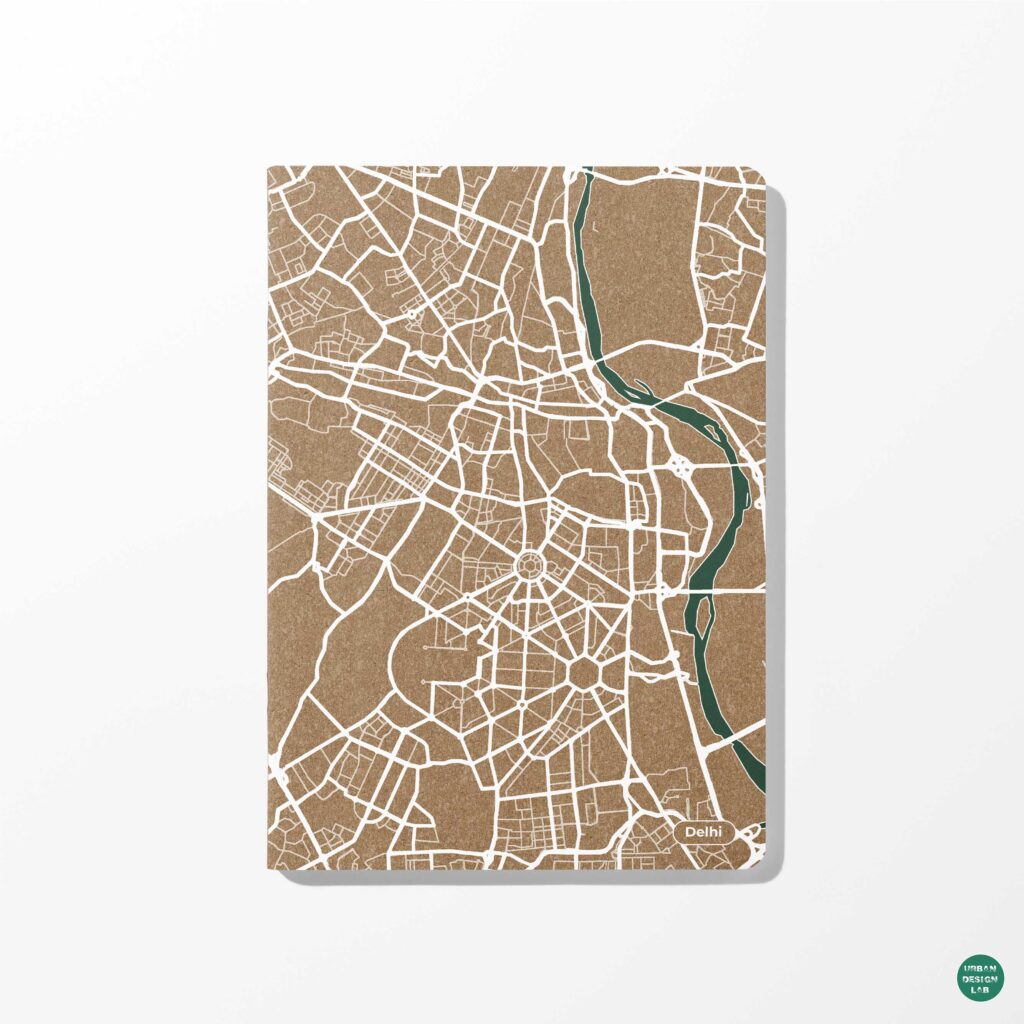
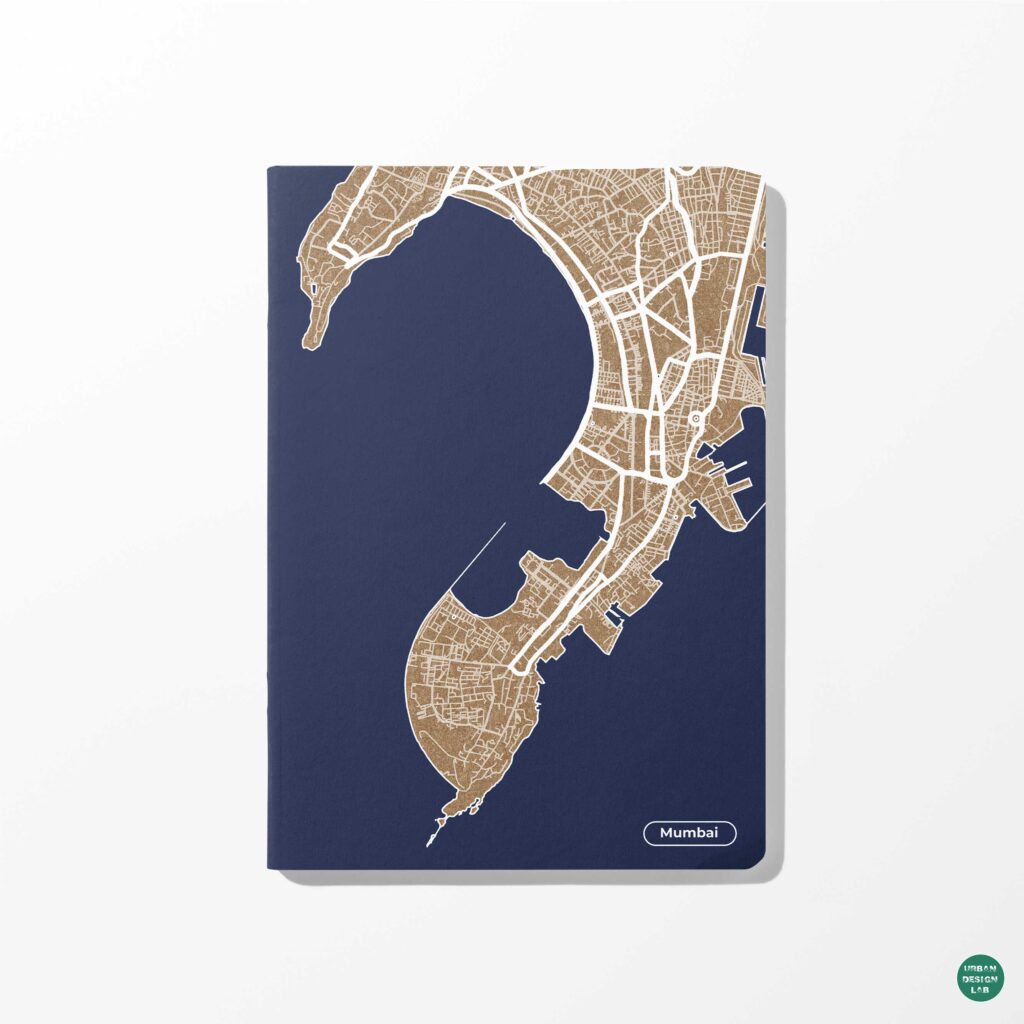
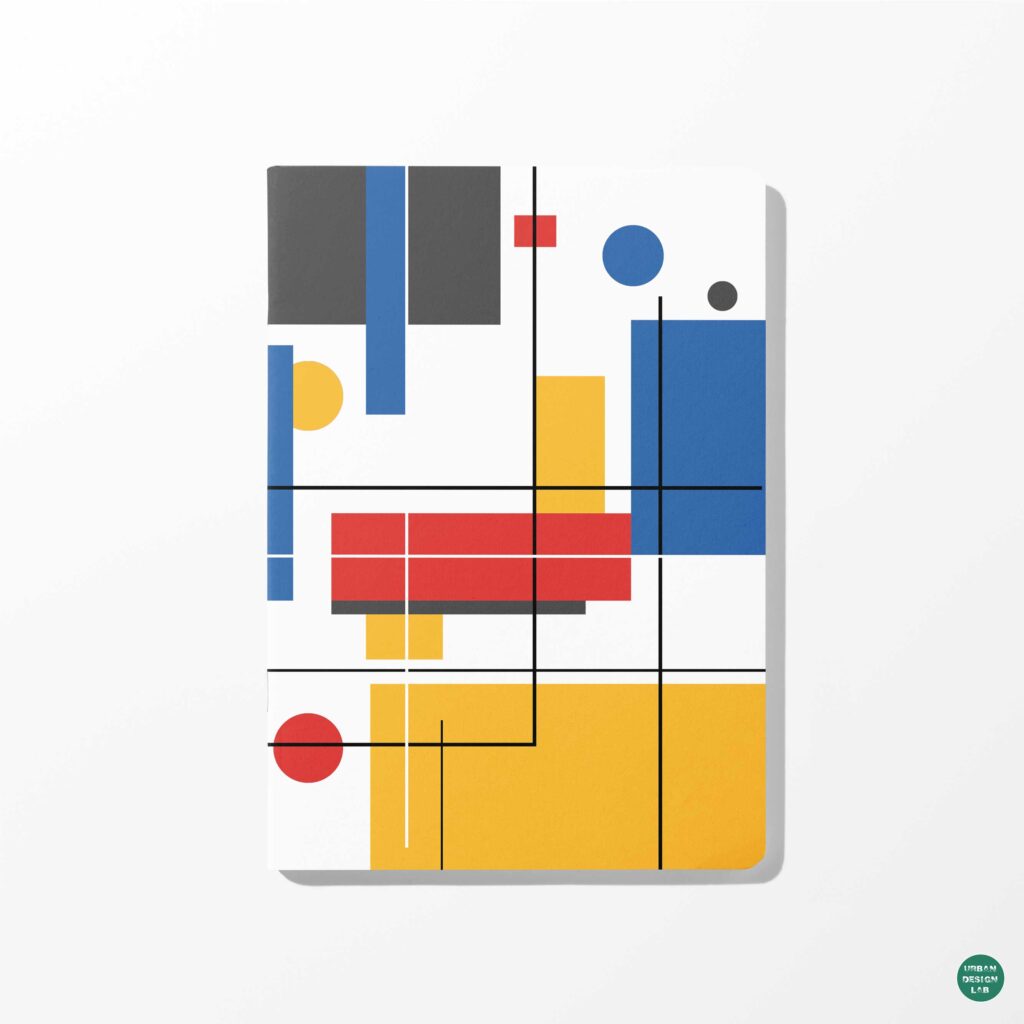
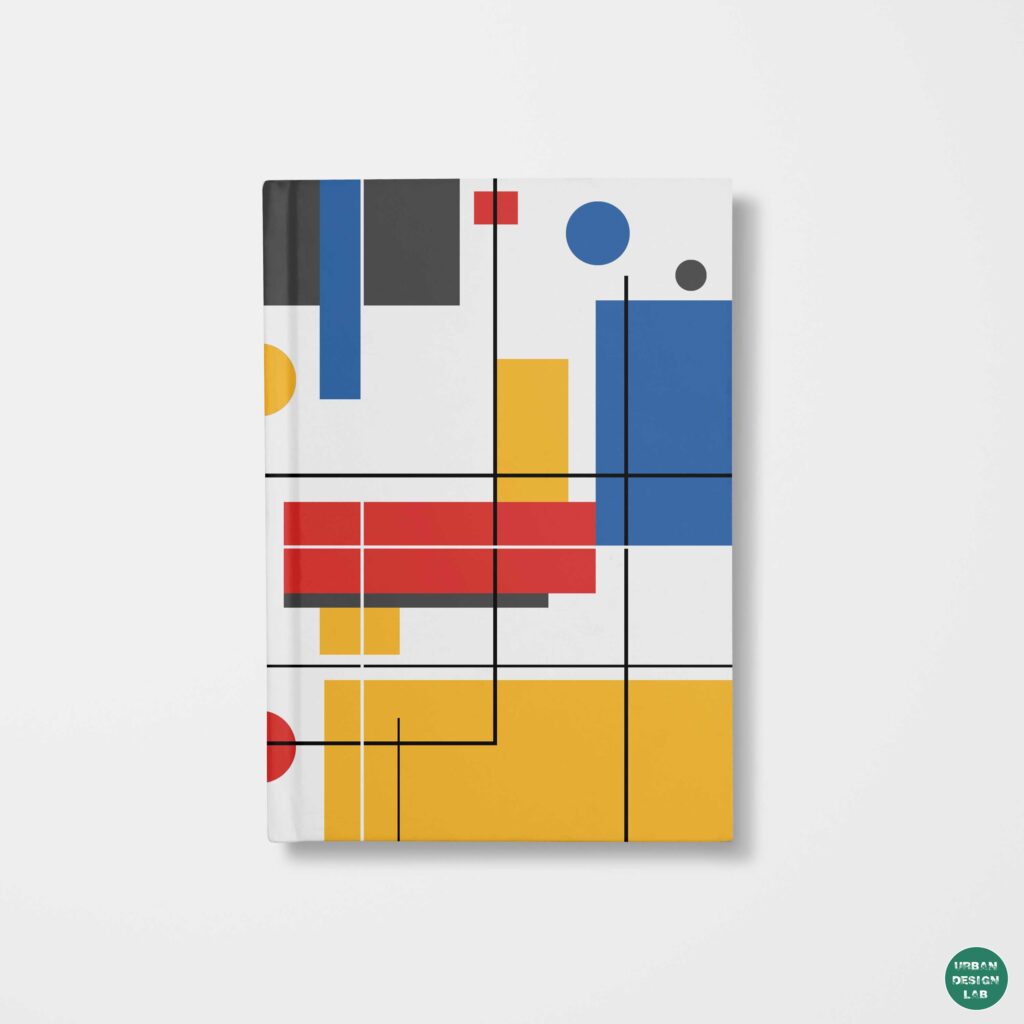
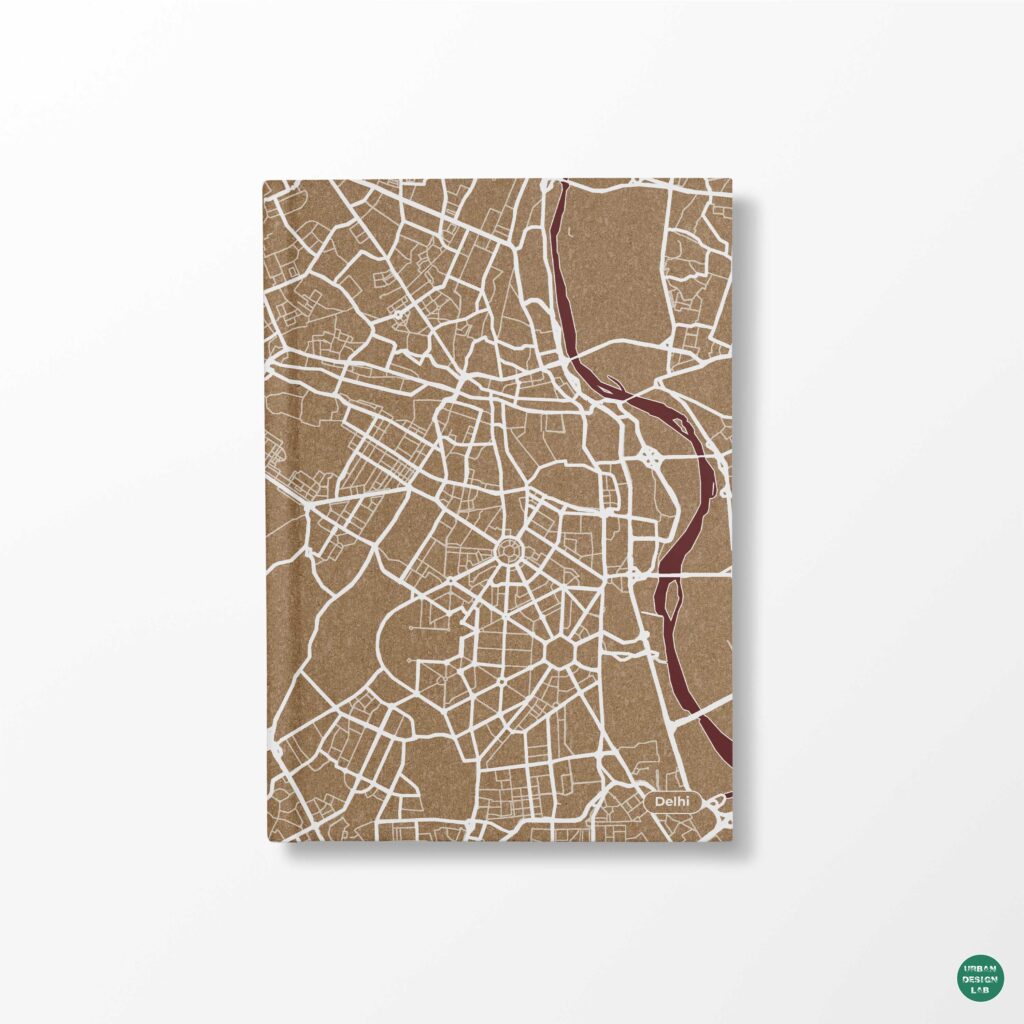
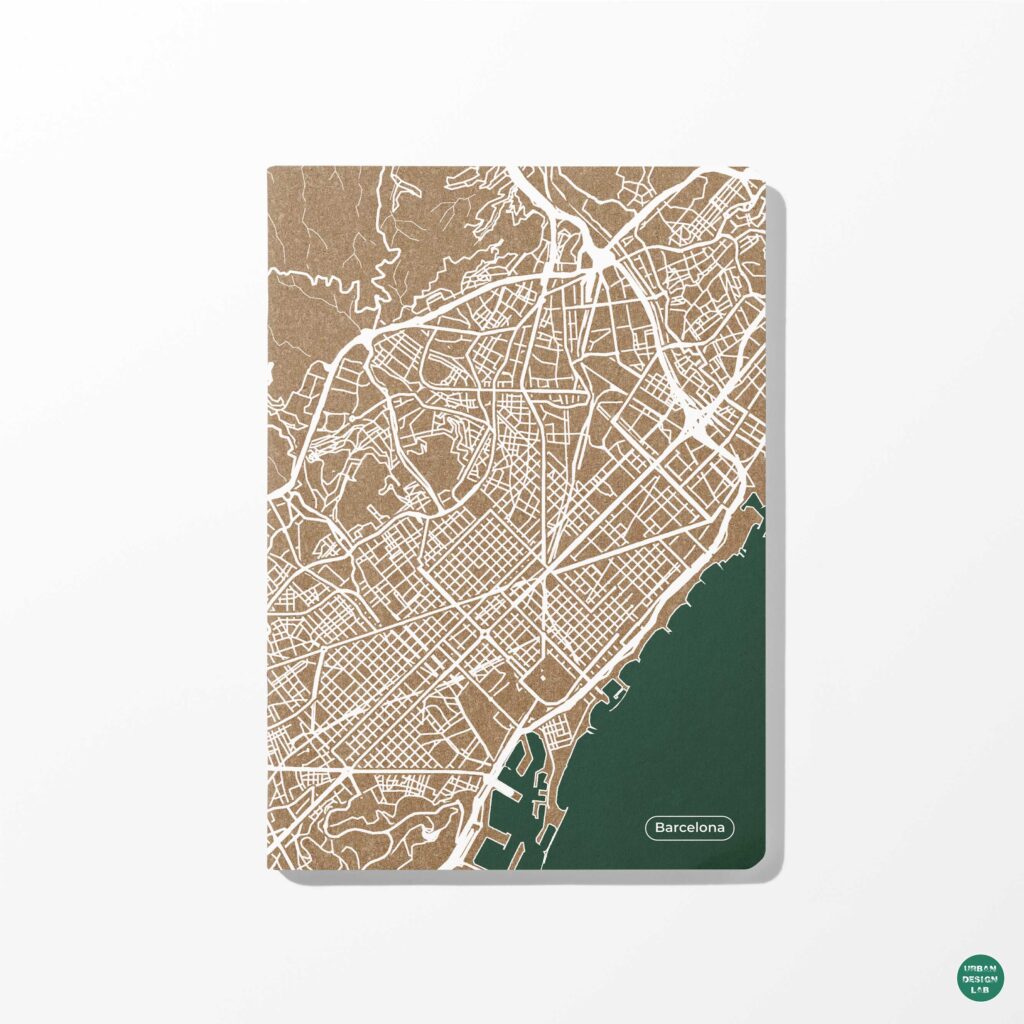
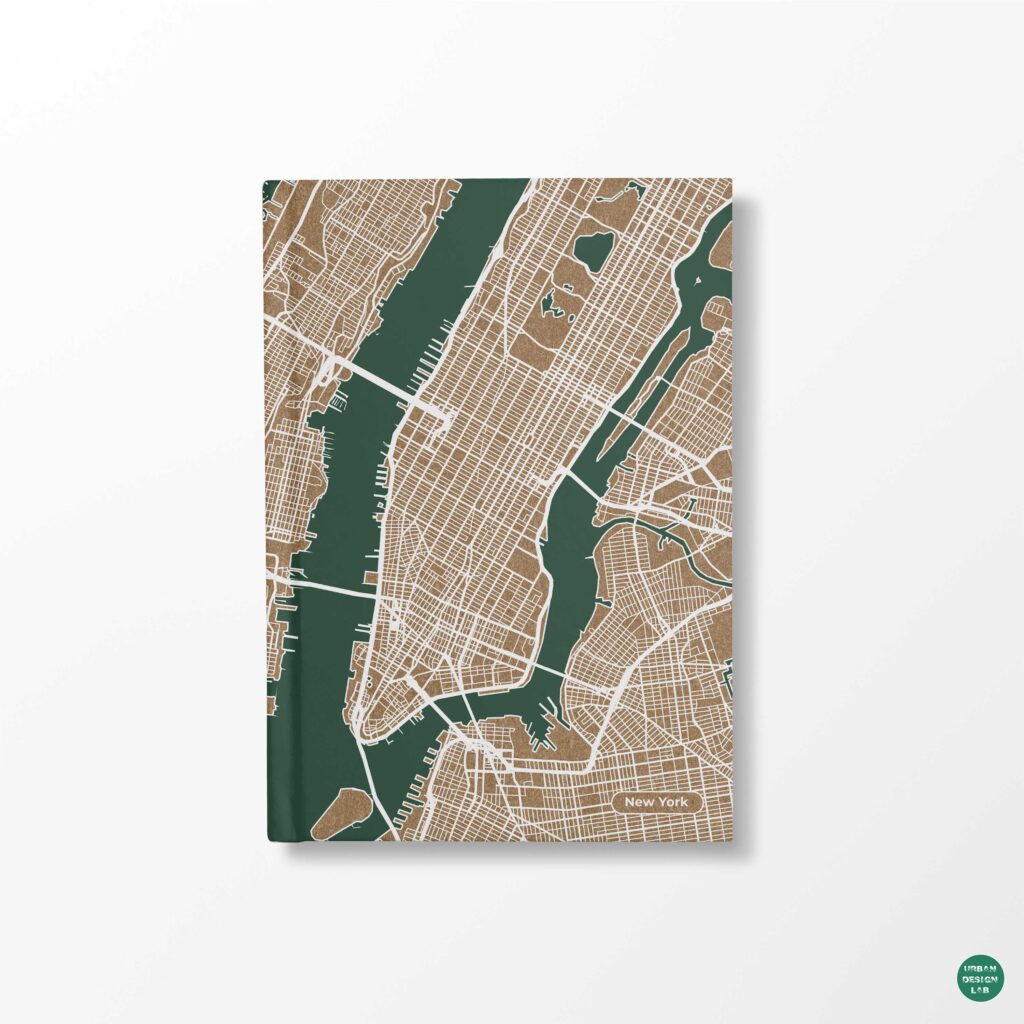
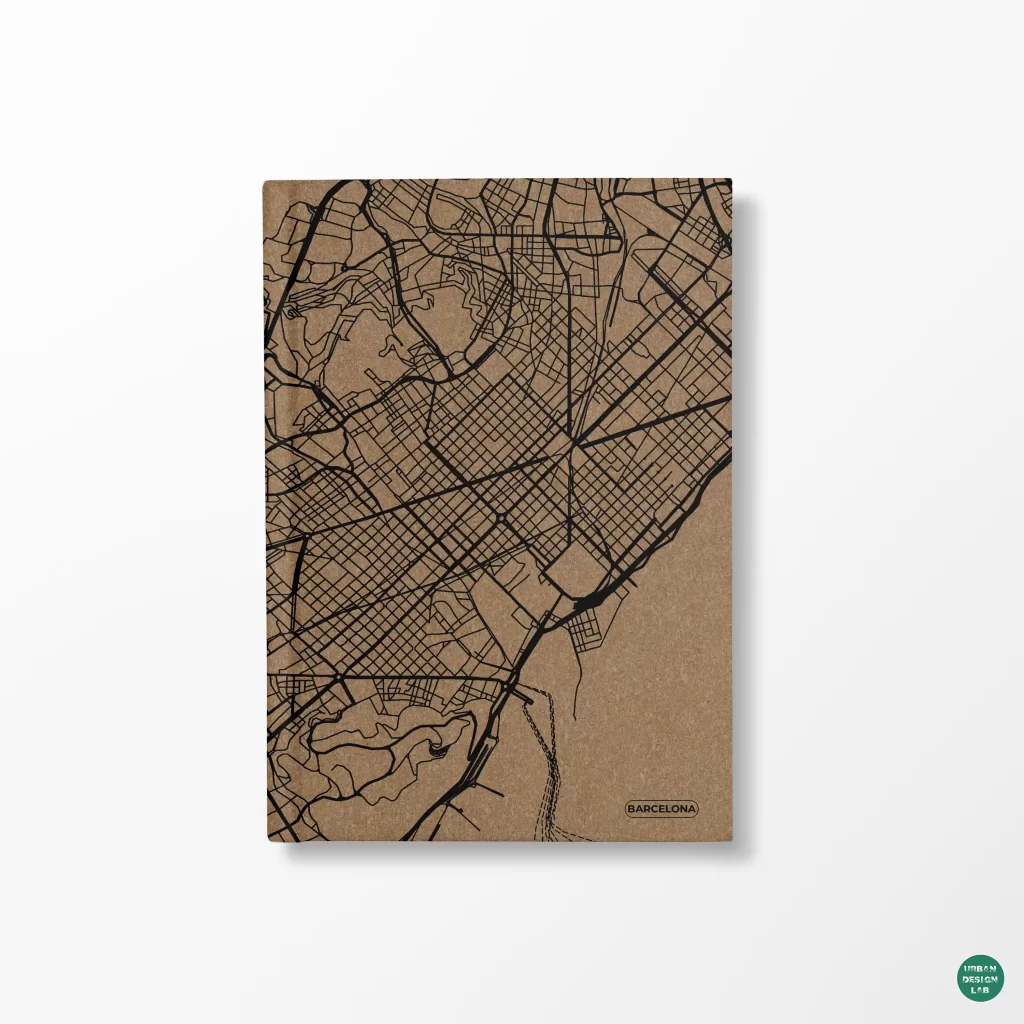
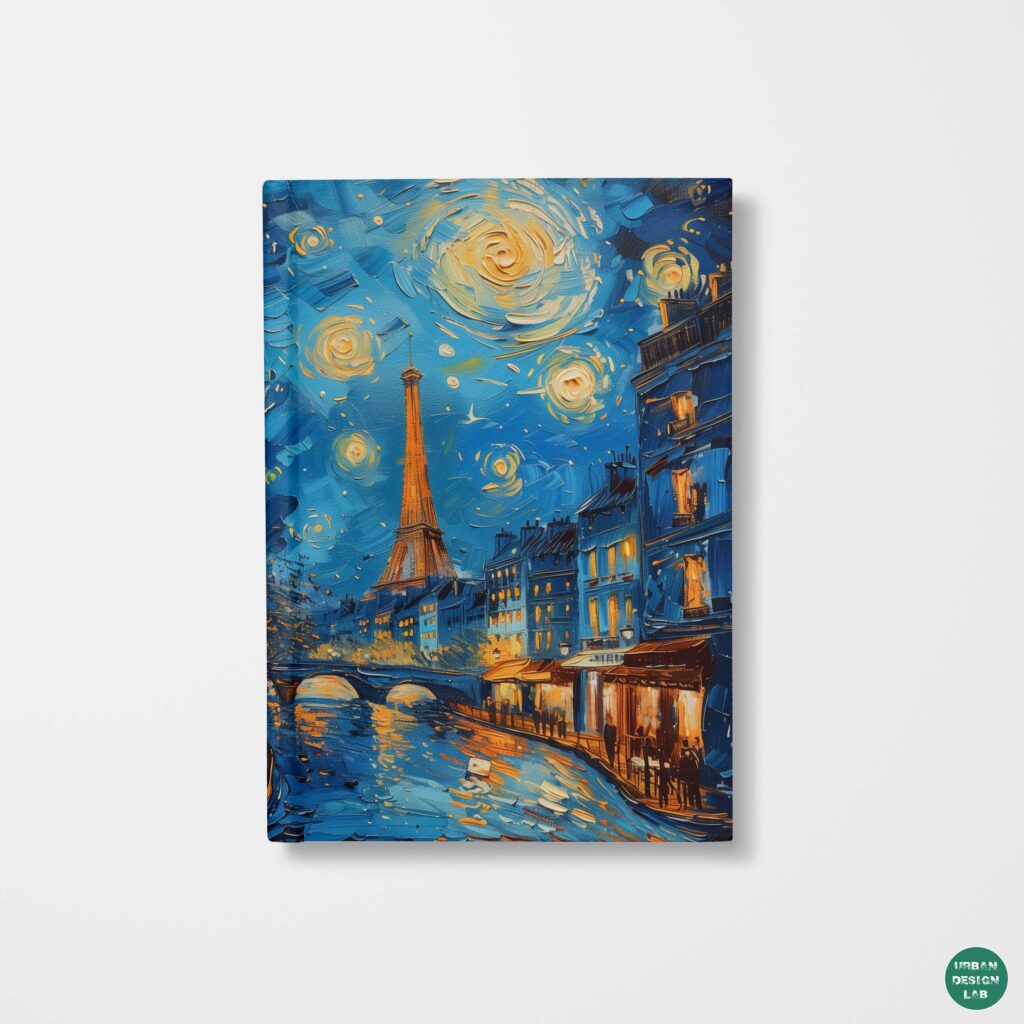
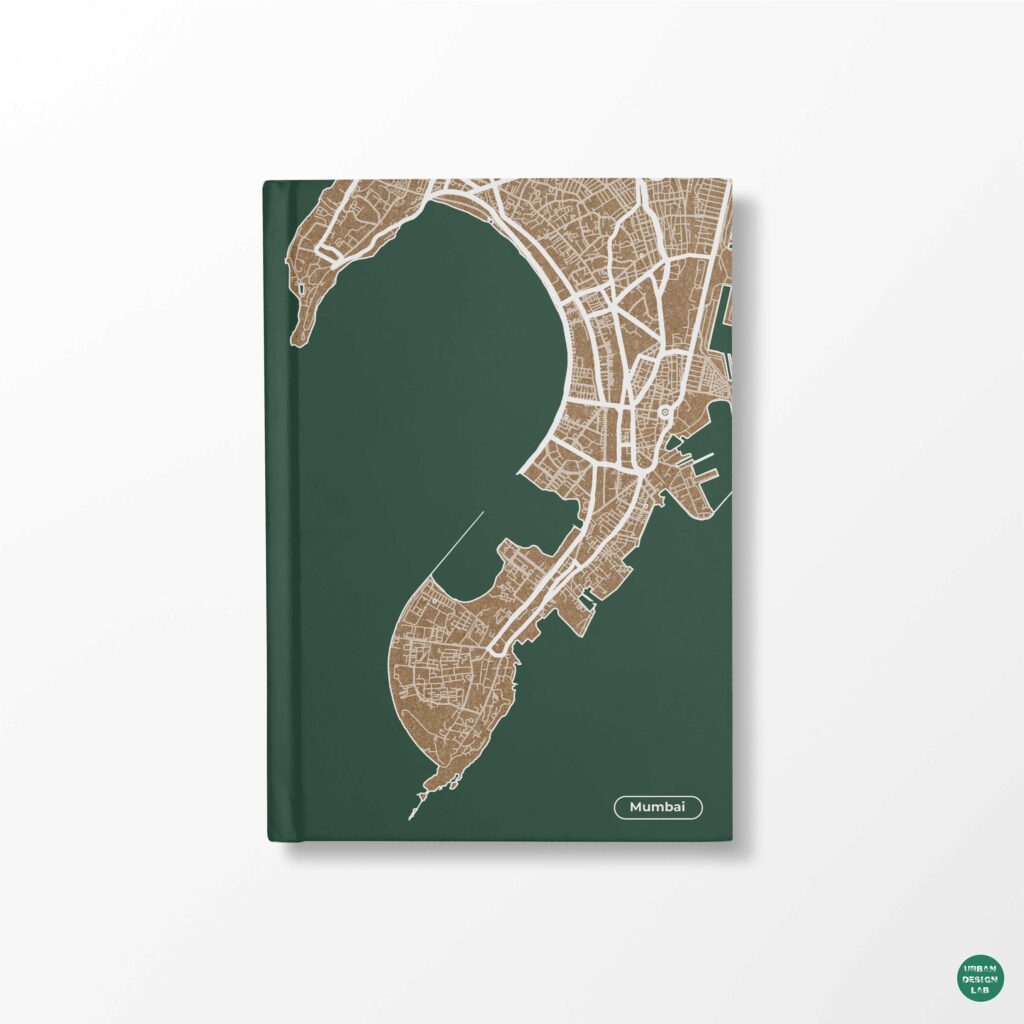
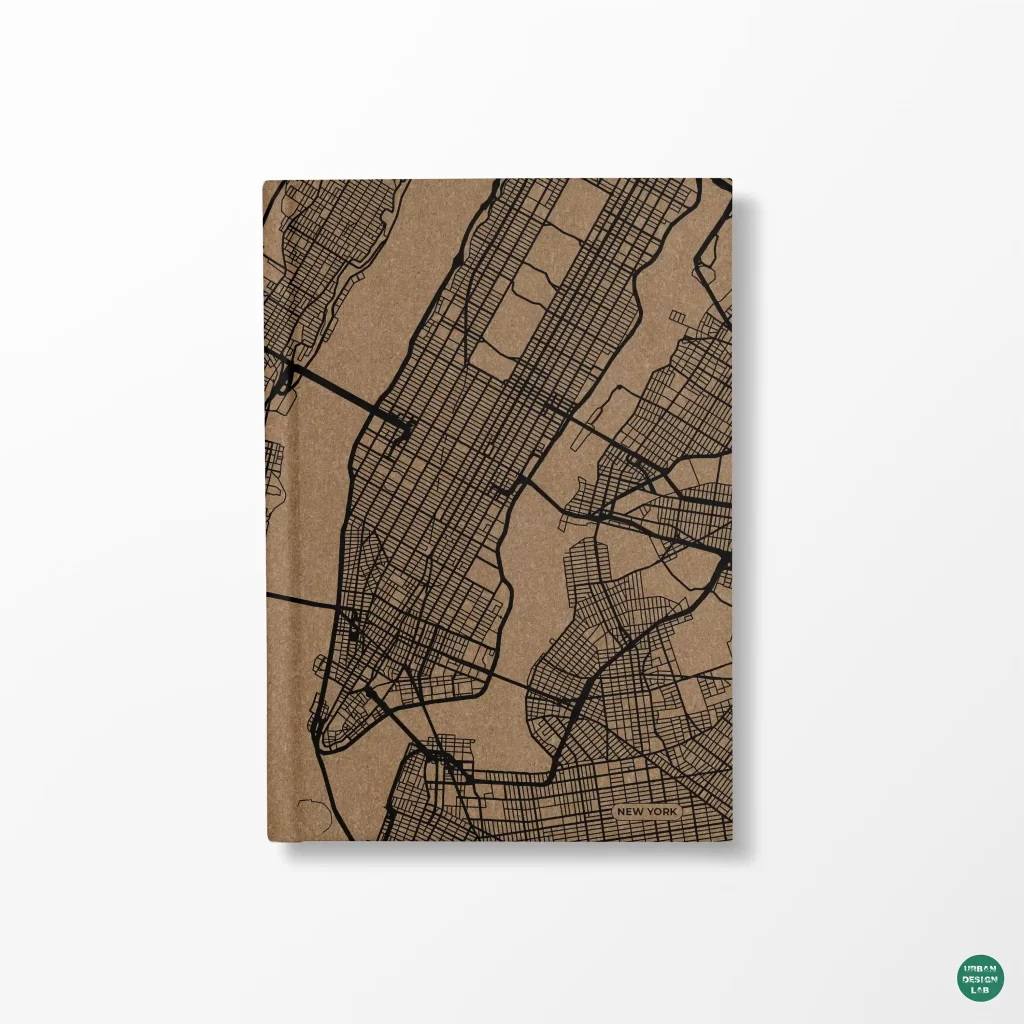

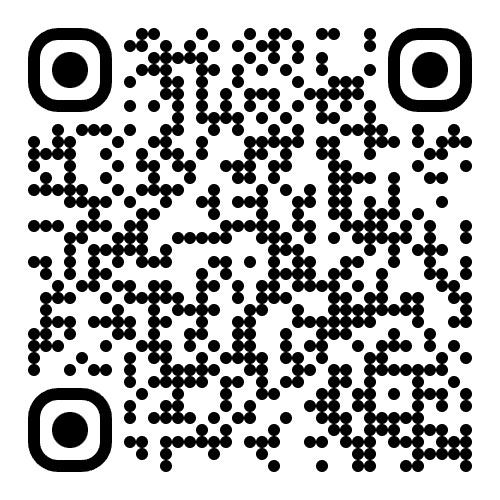

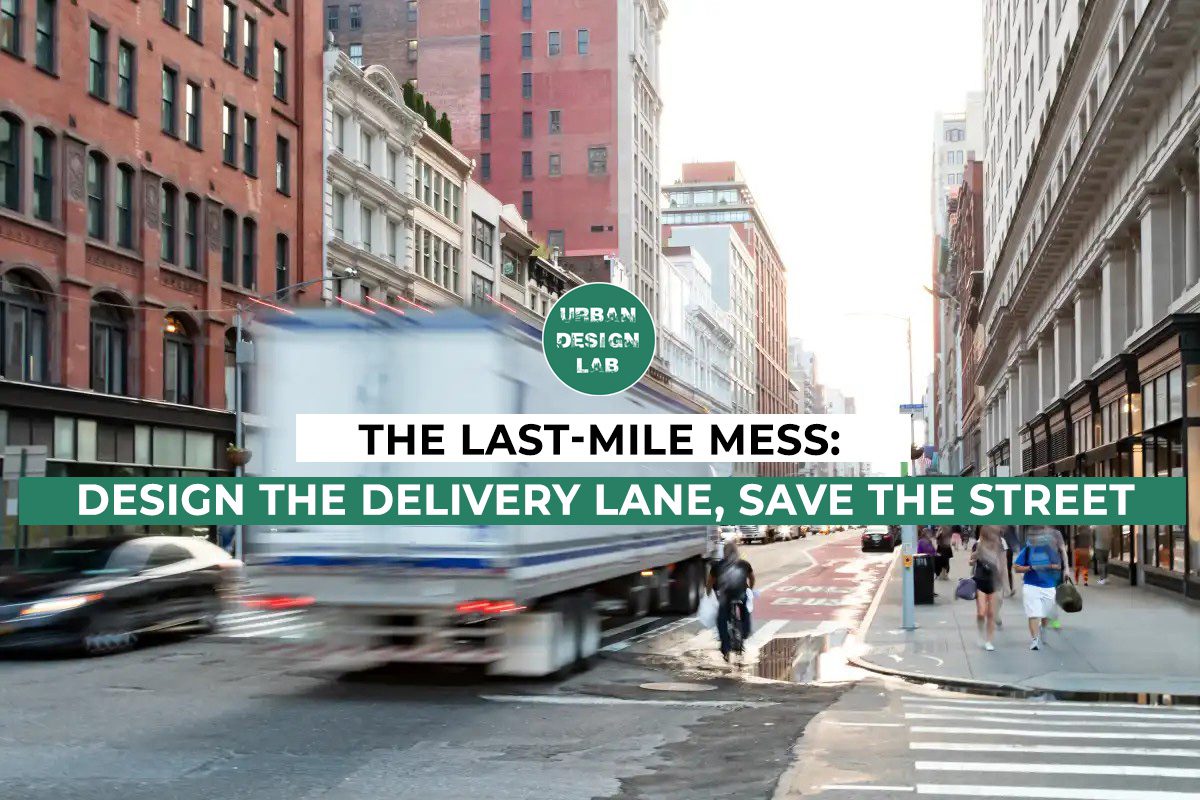
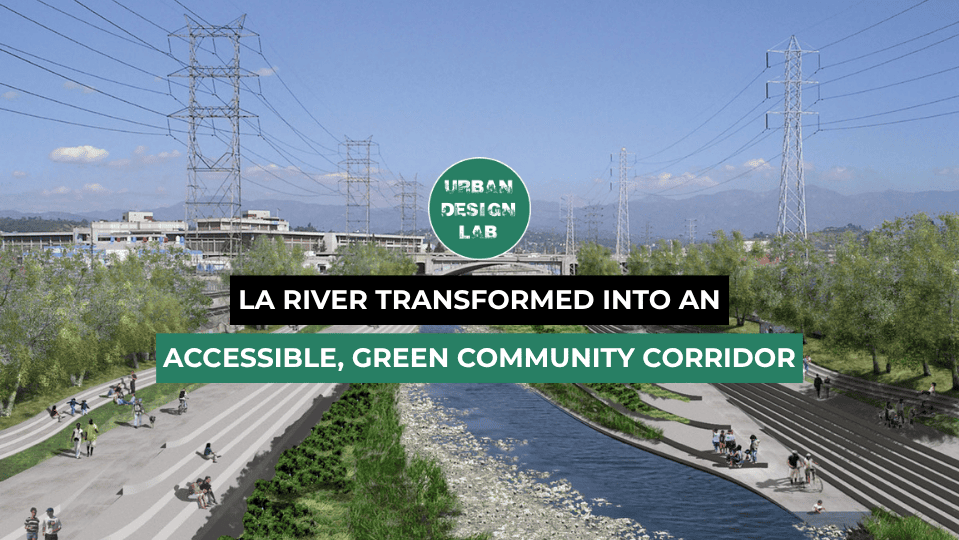
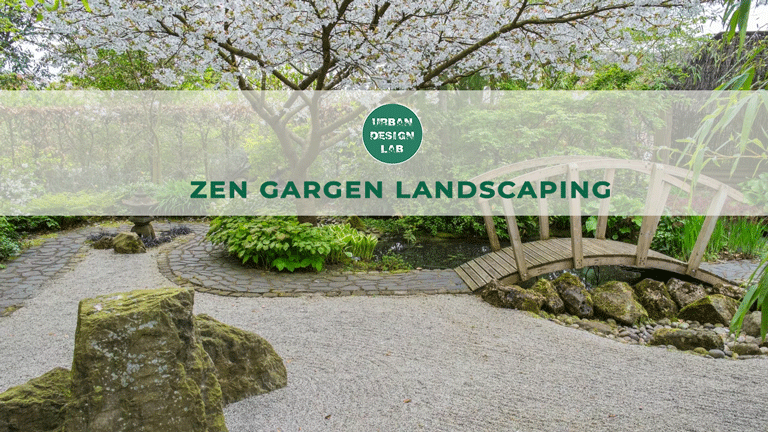
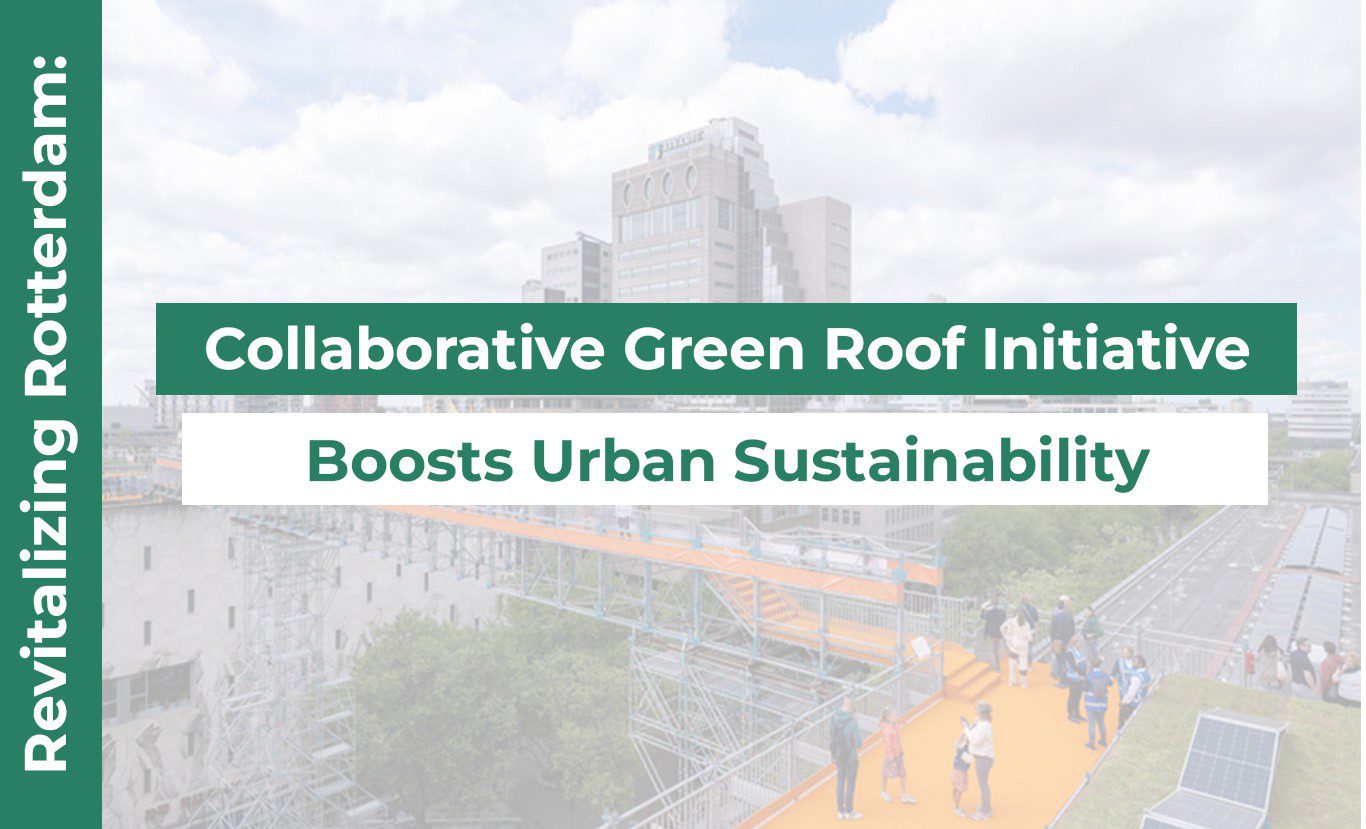
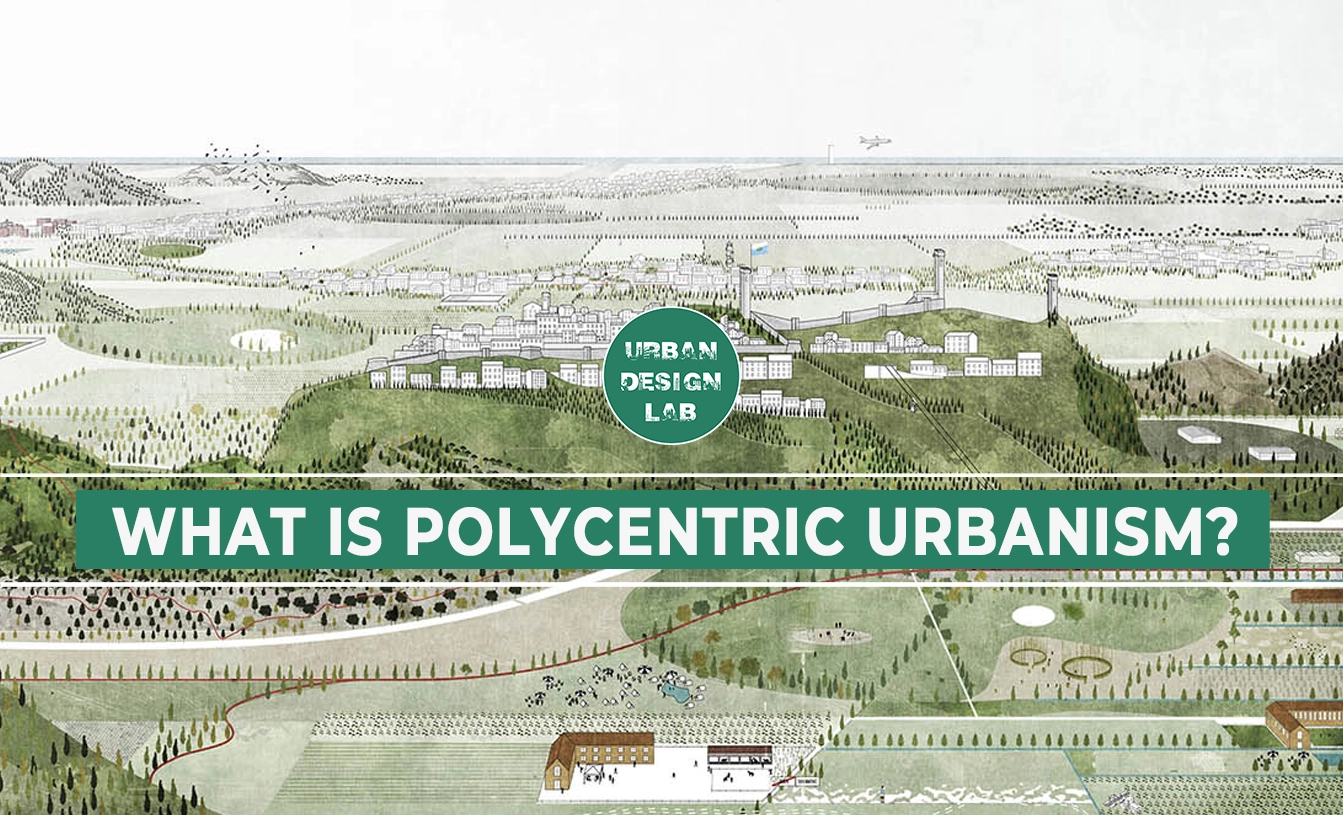
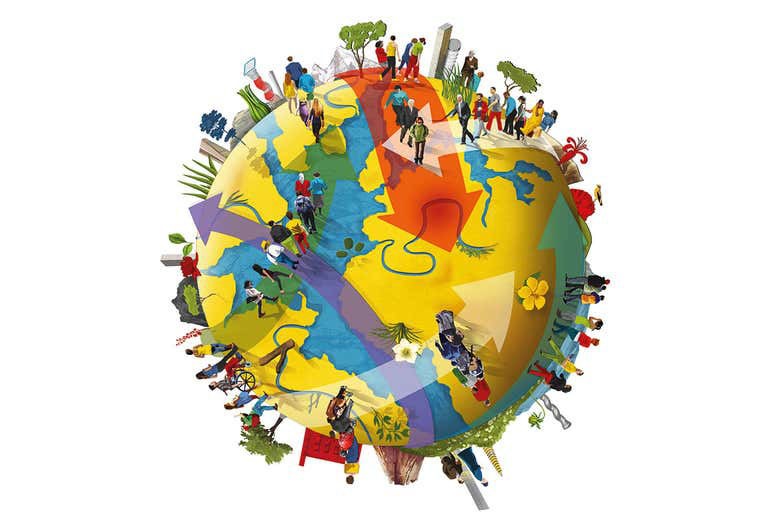
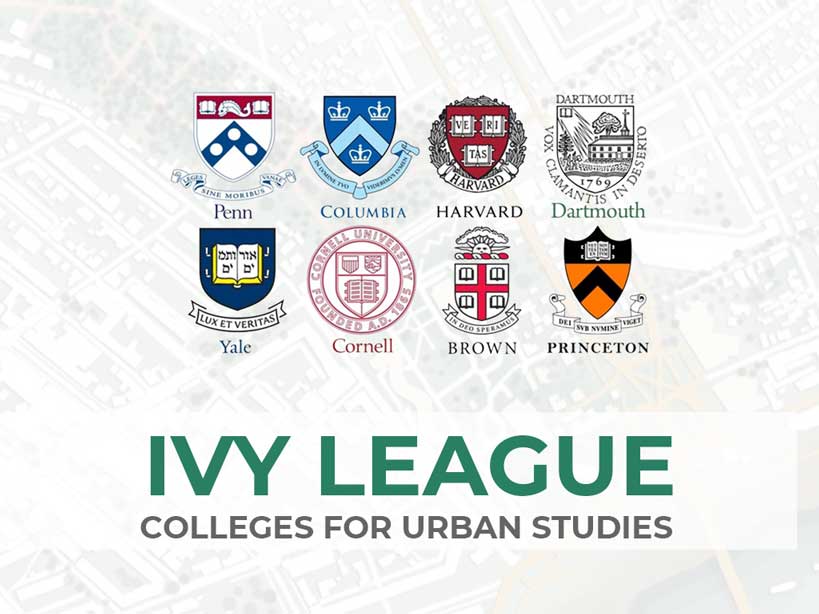
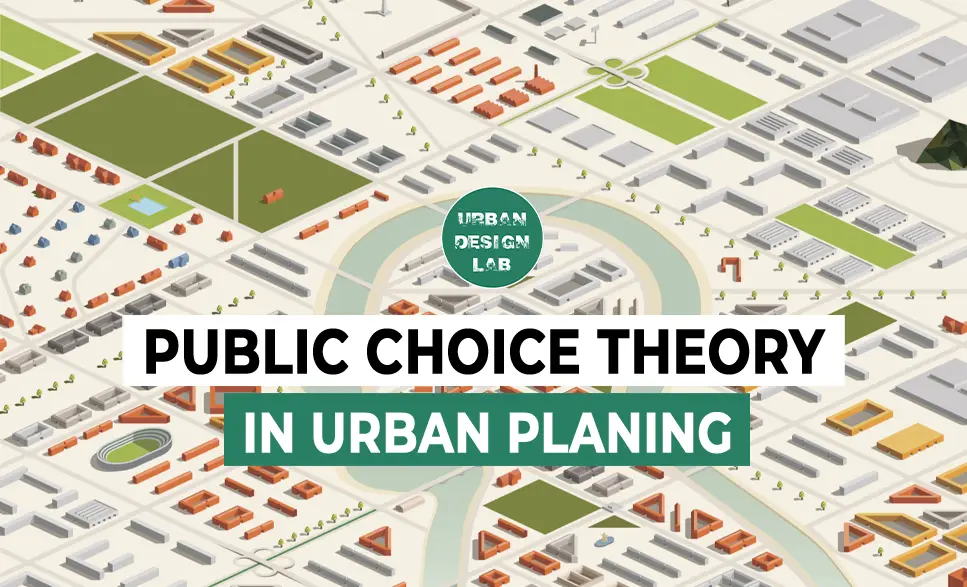
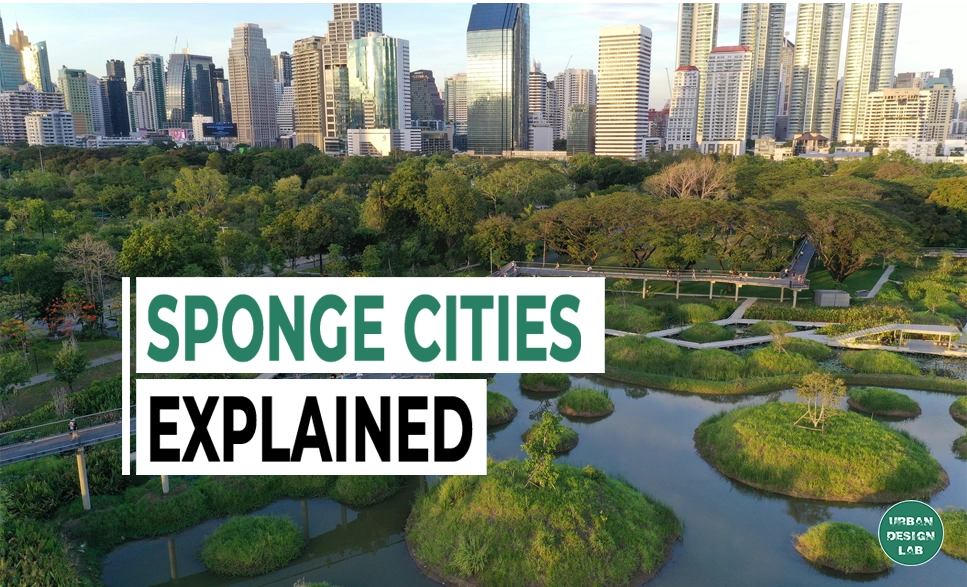
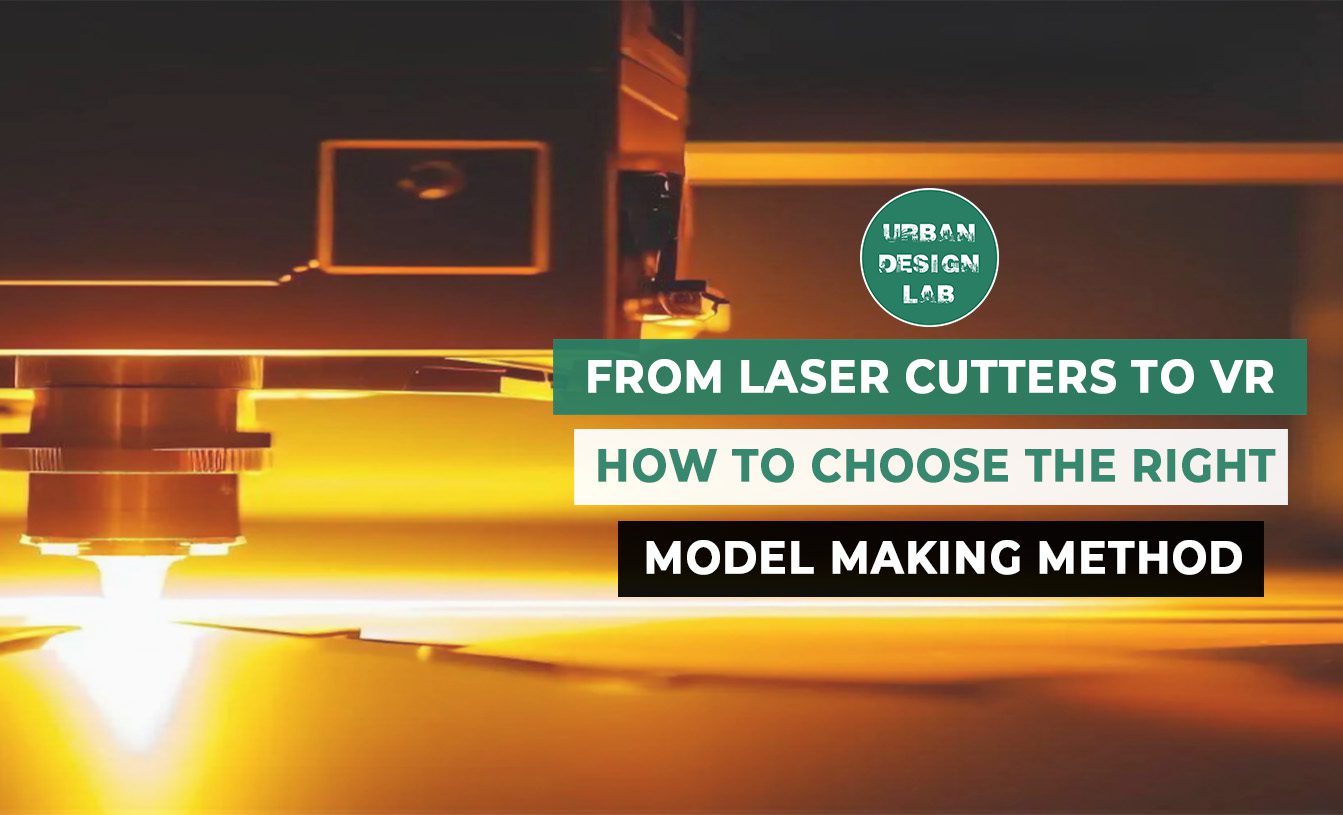


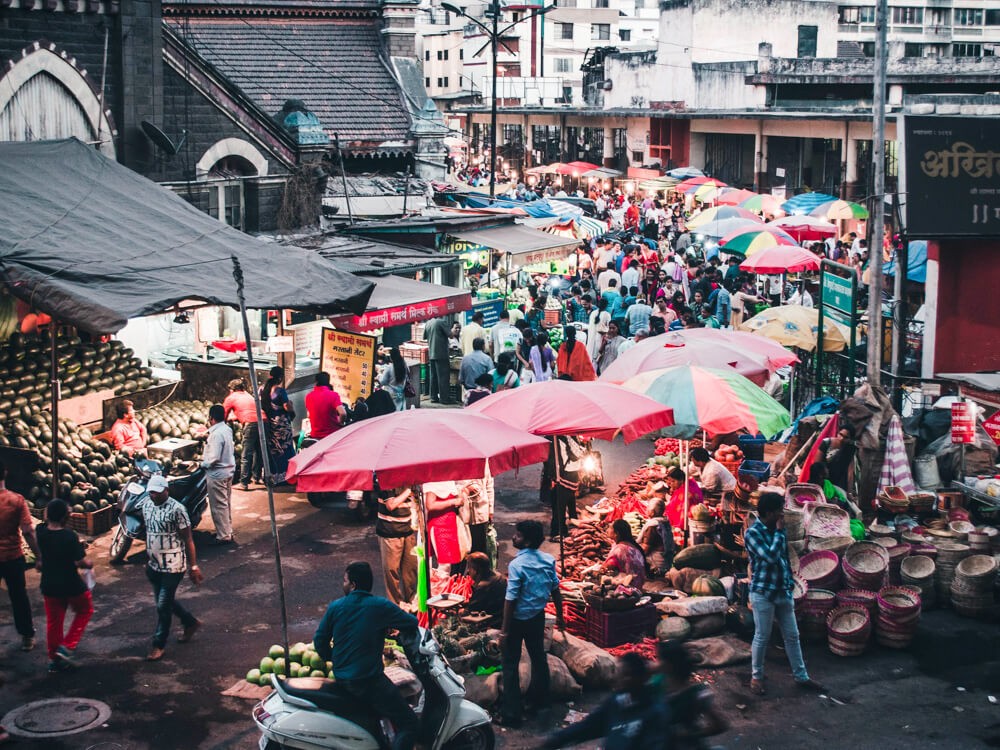
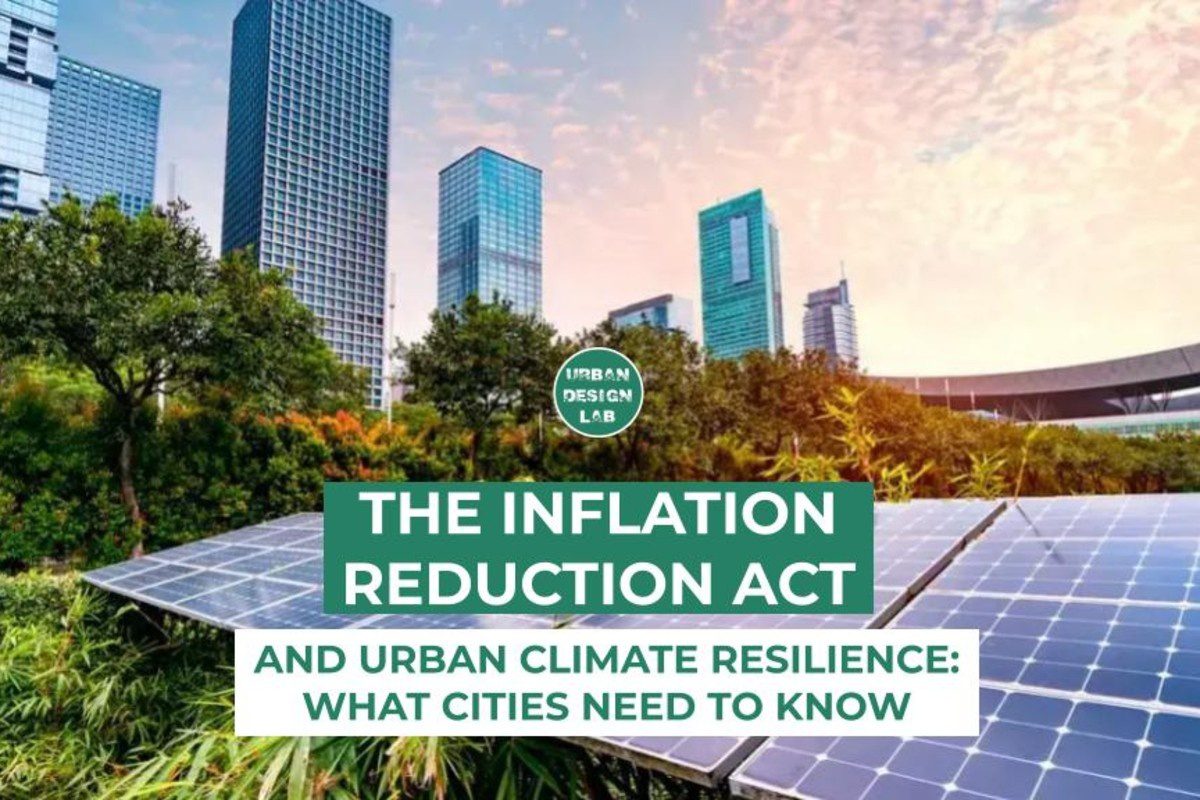
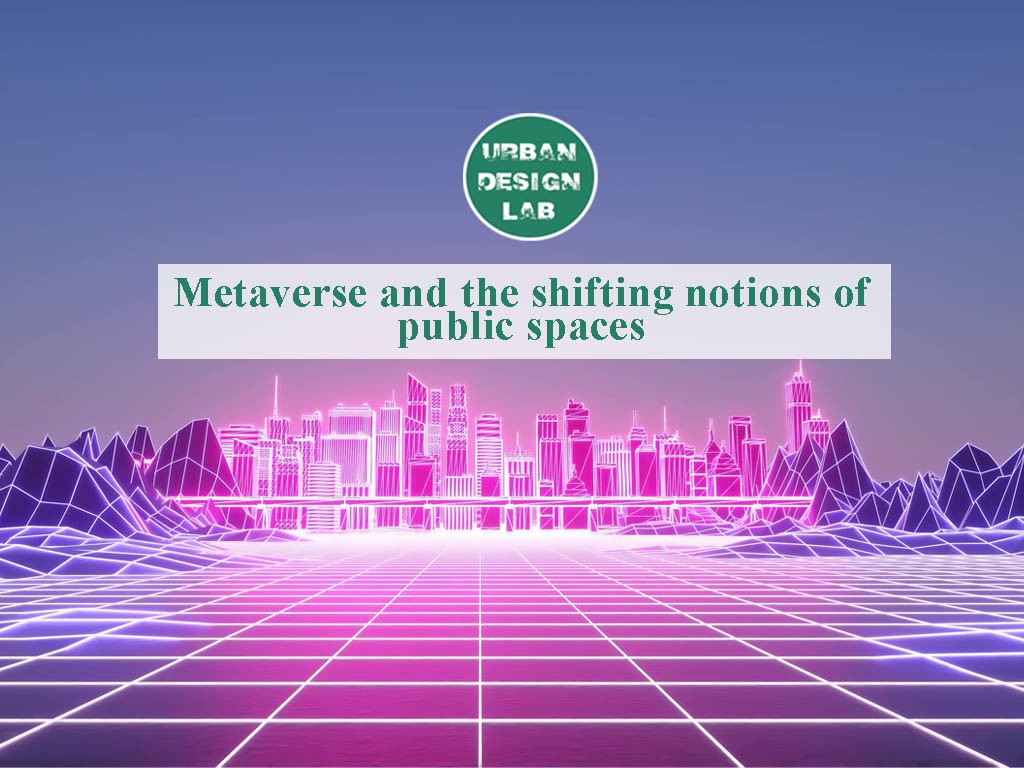

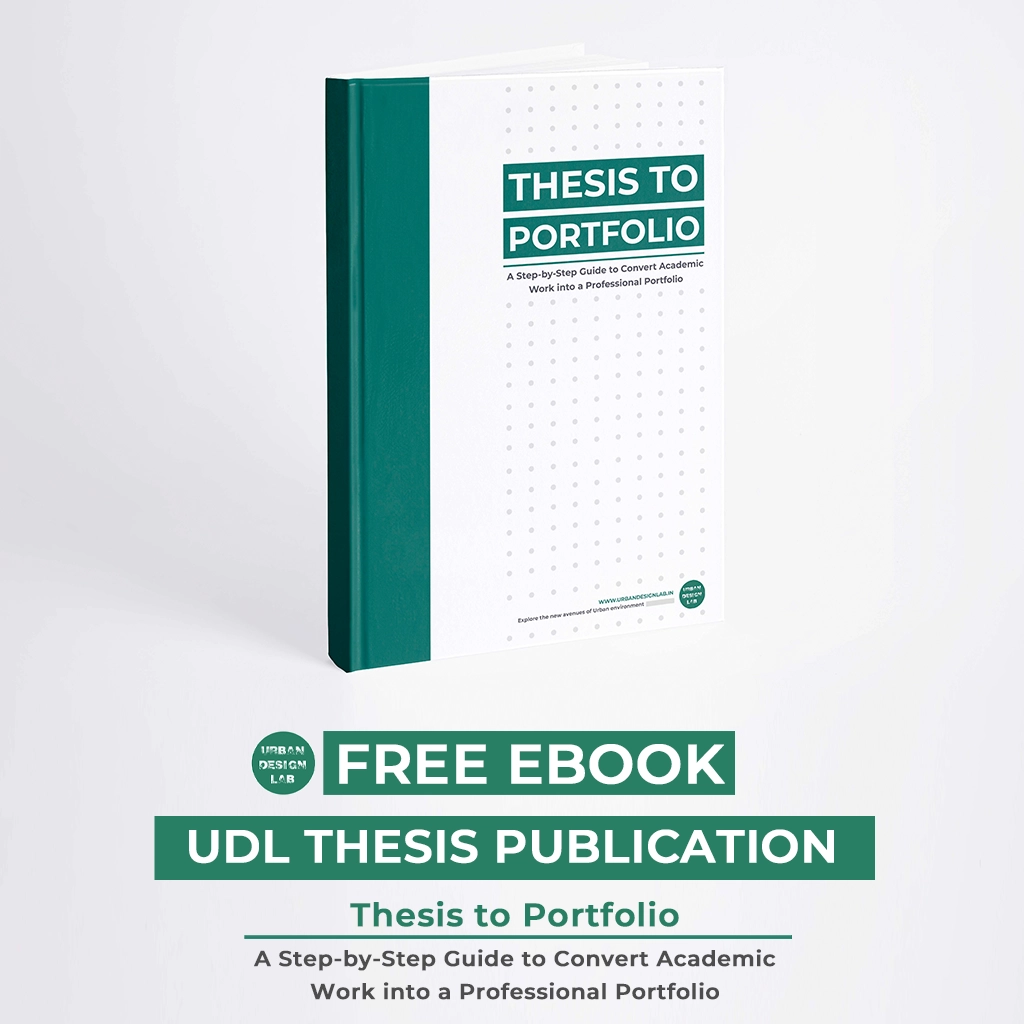
One Comment
I would like to be informed of your upcoming research. Kind regards